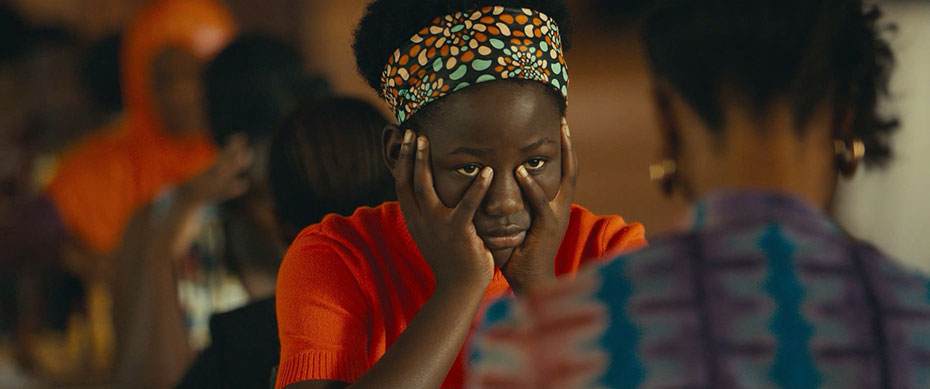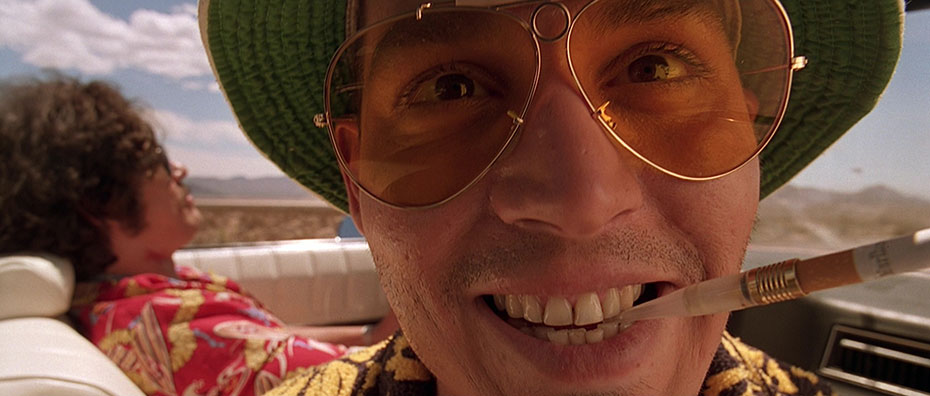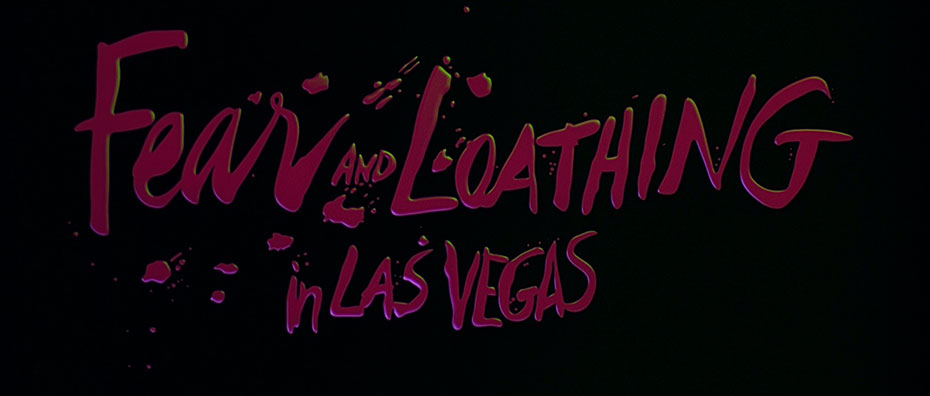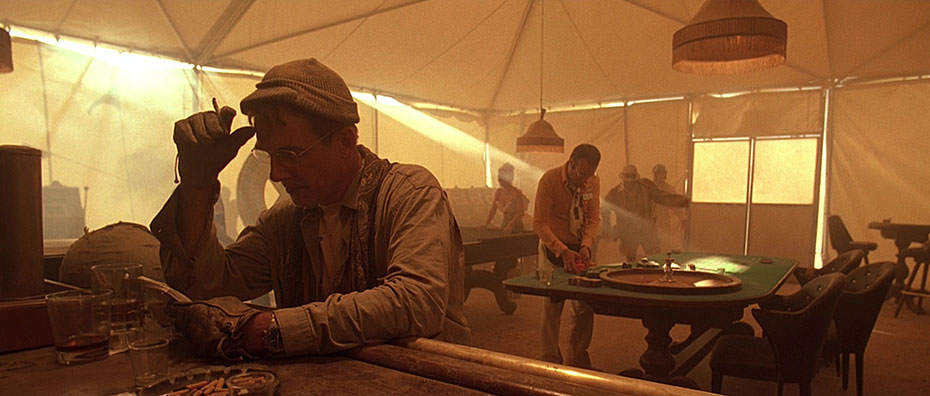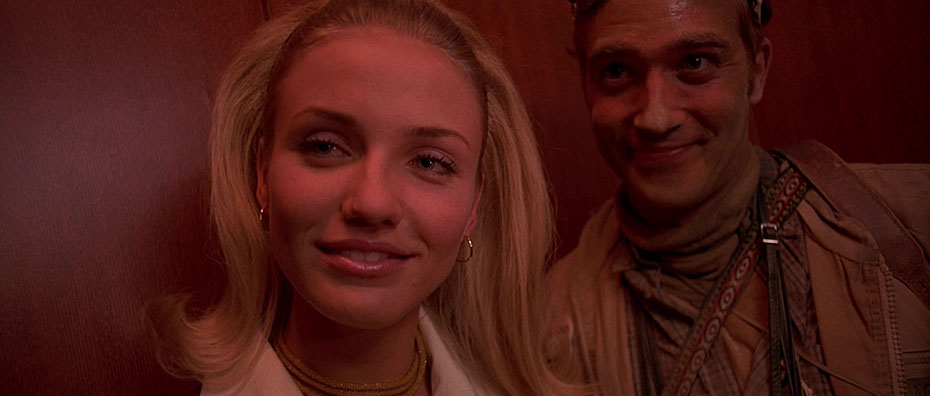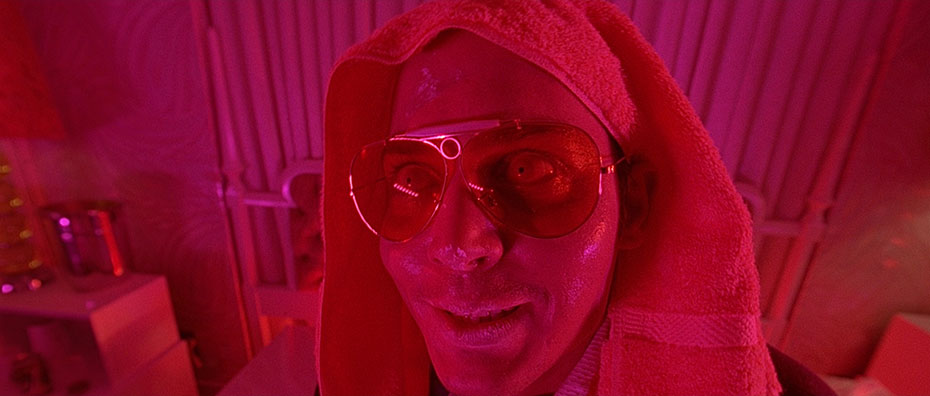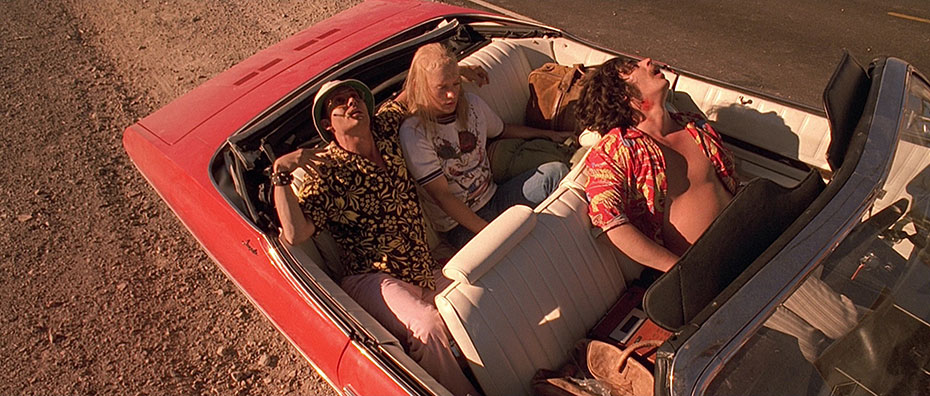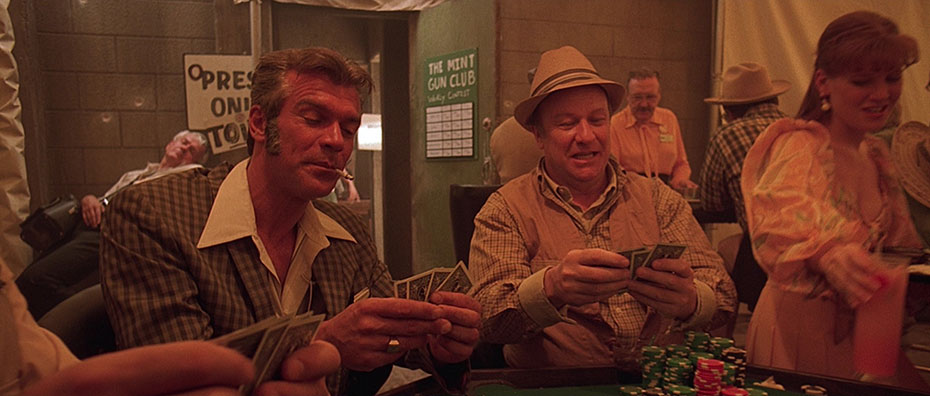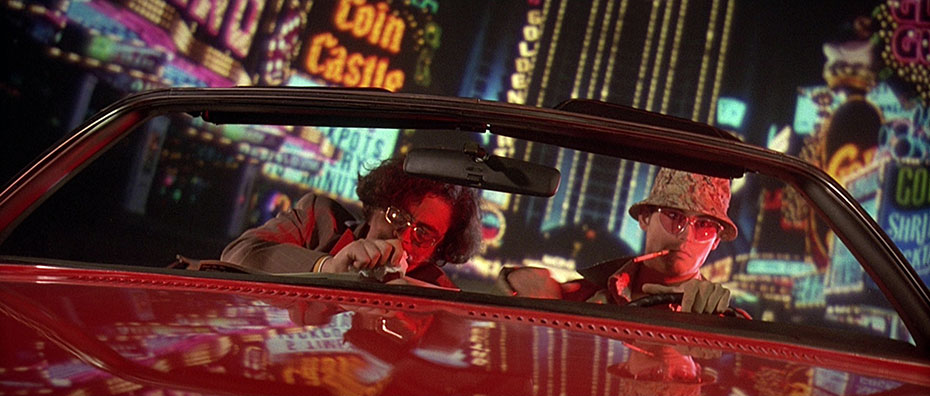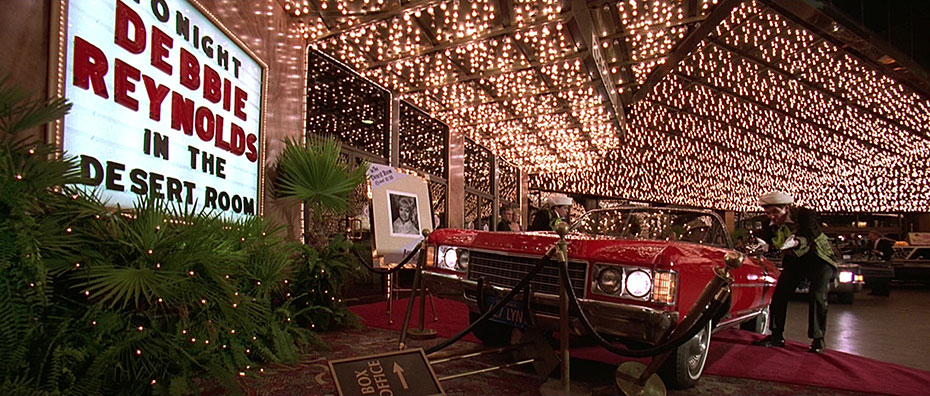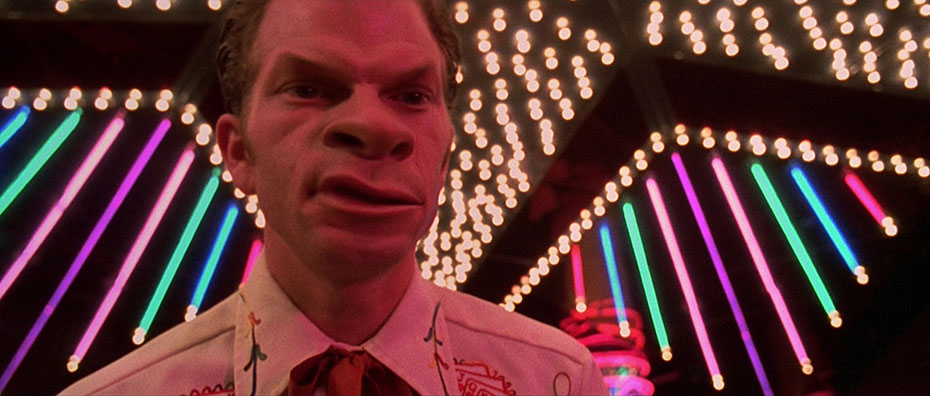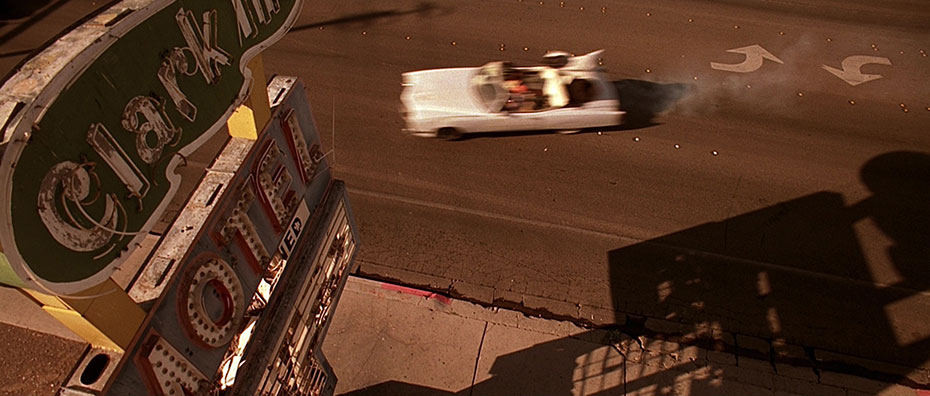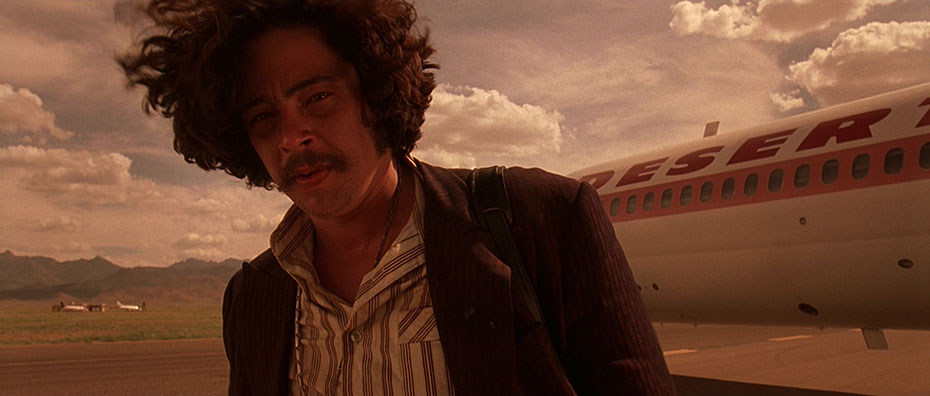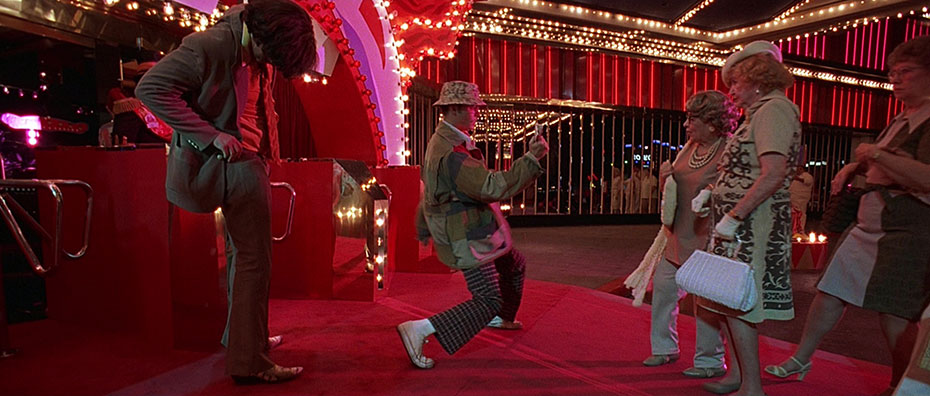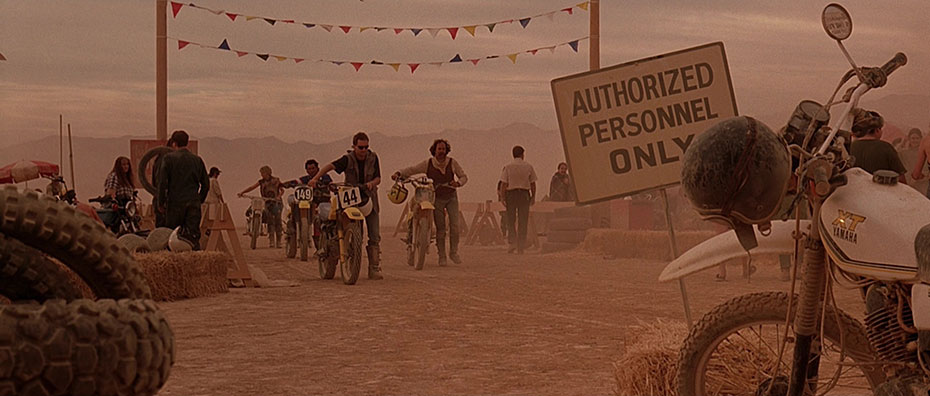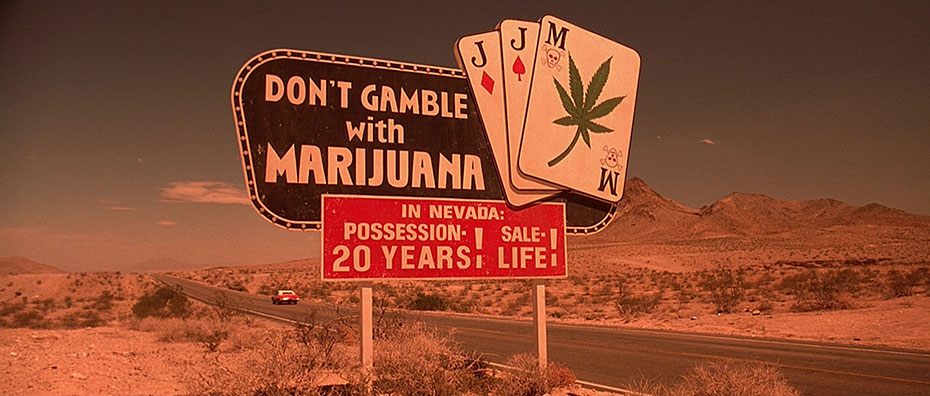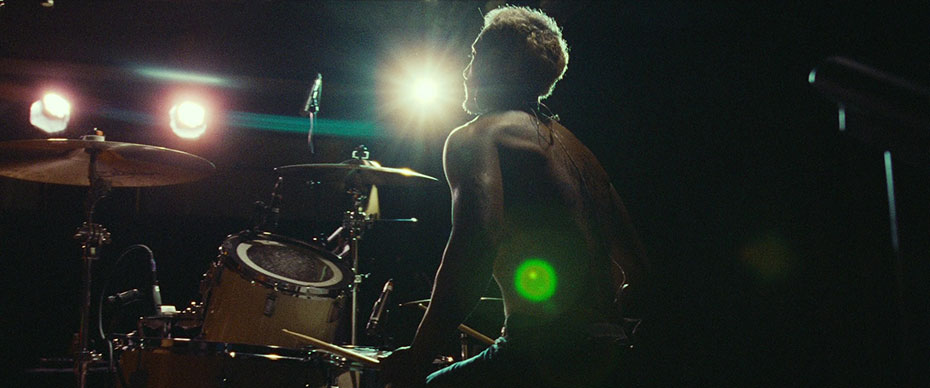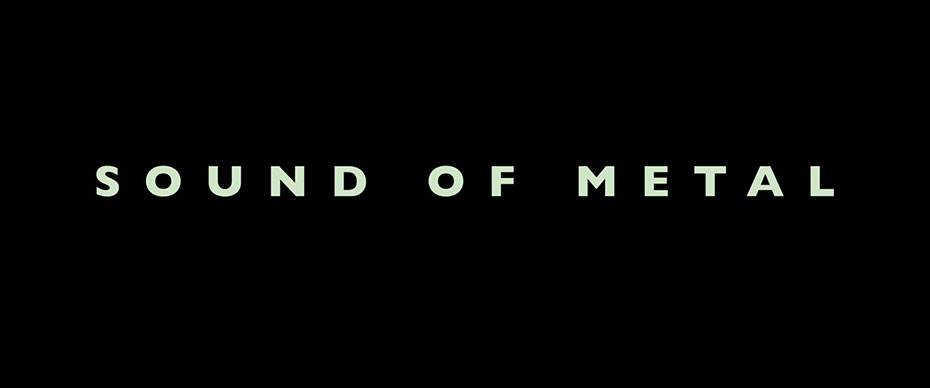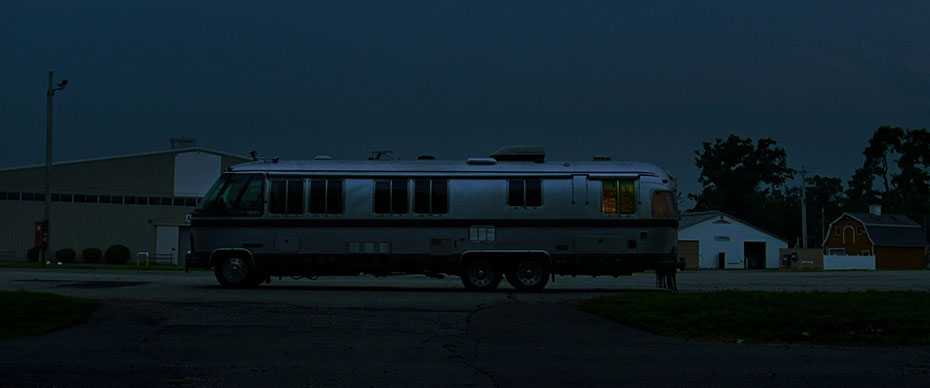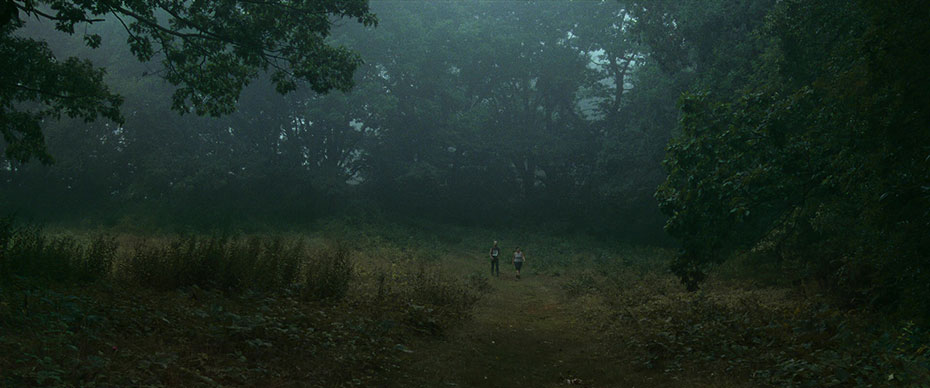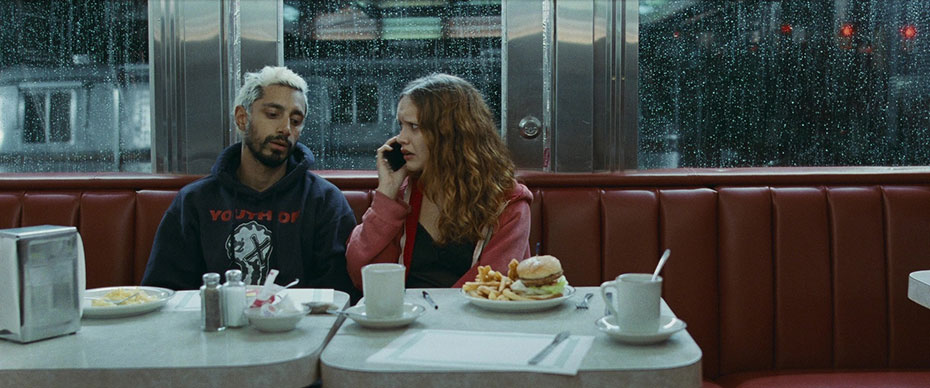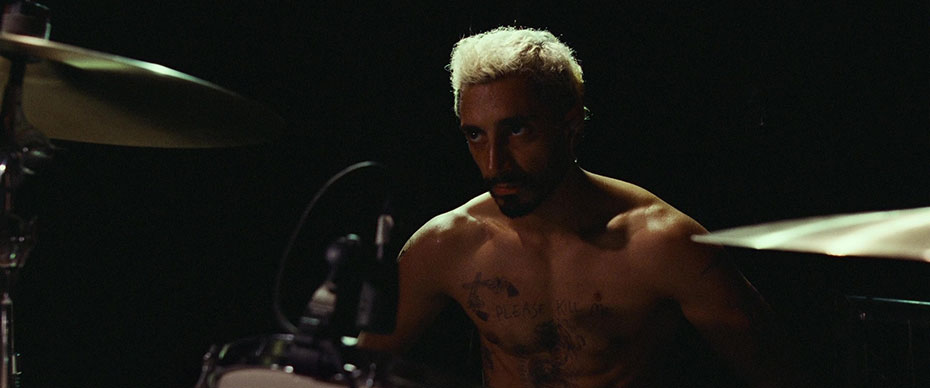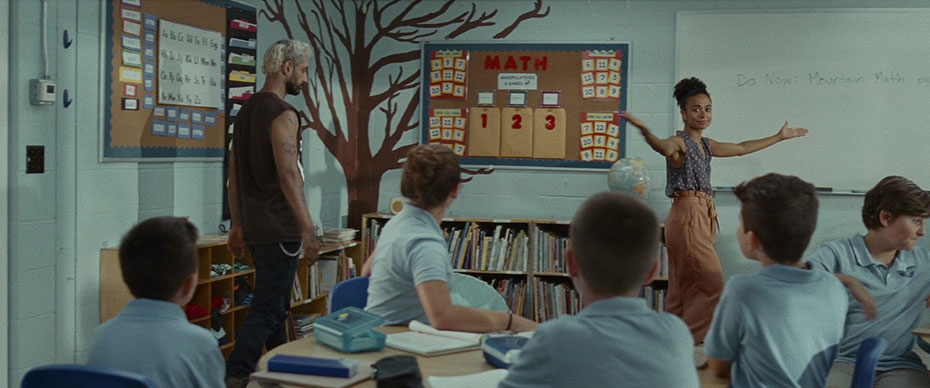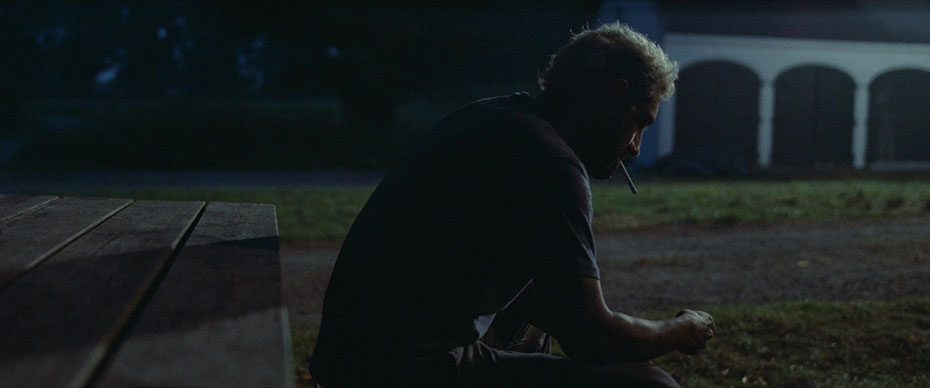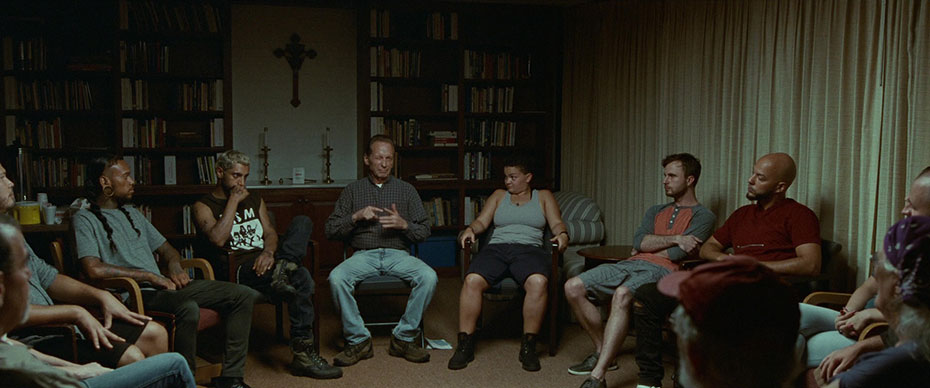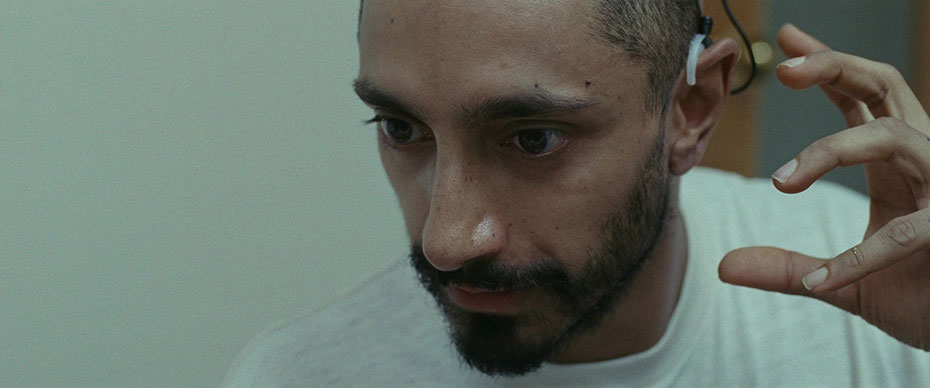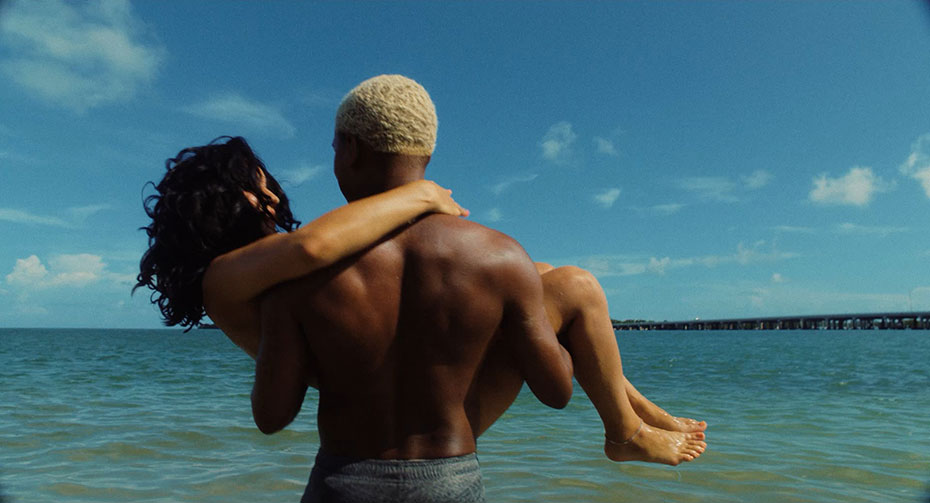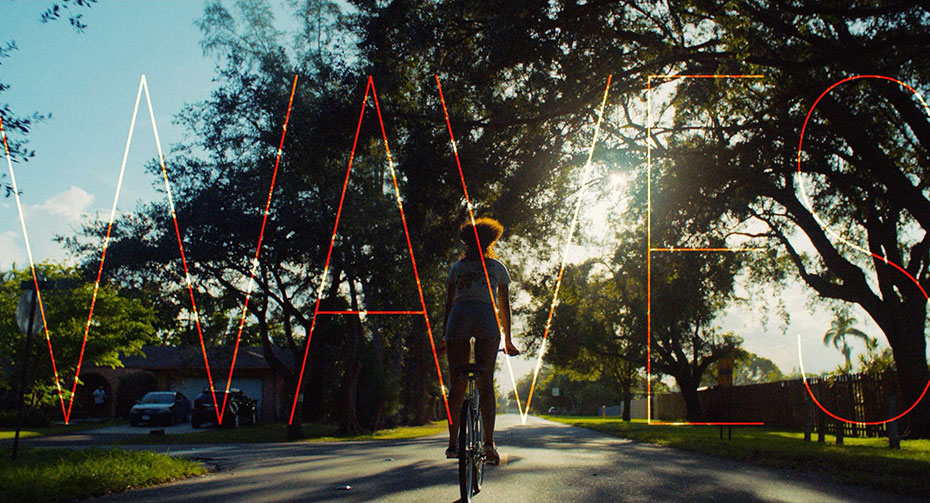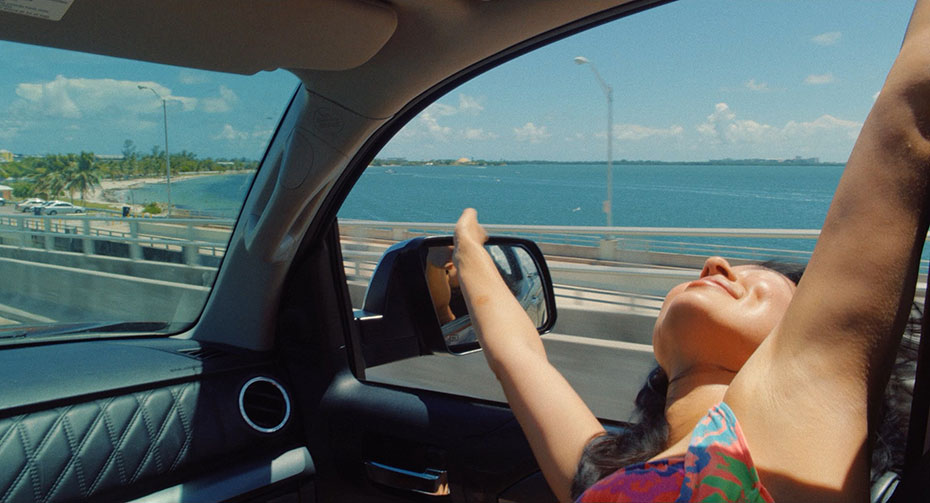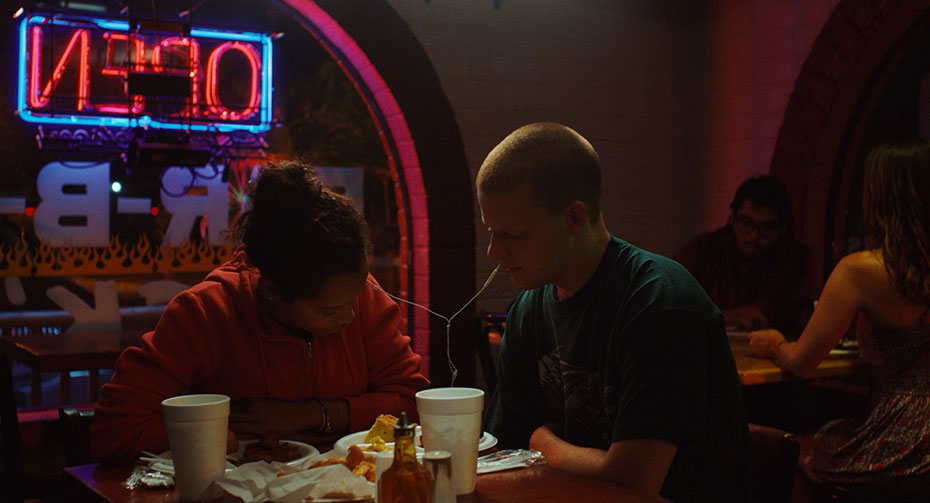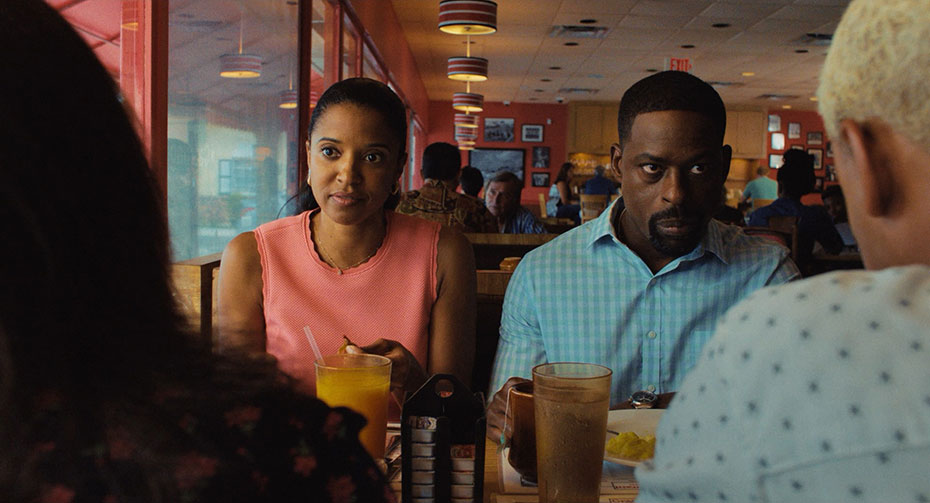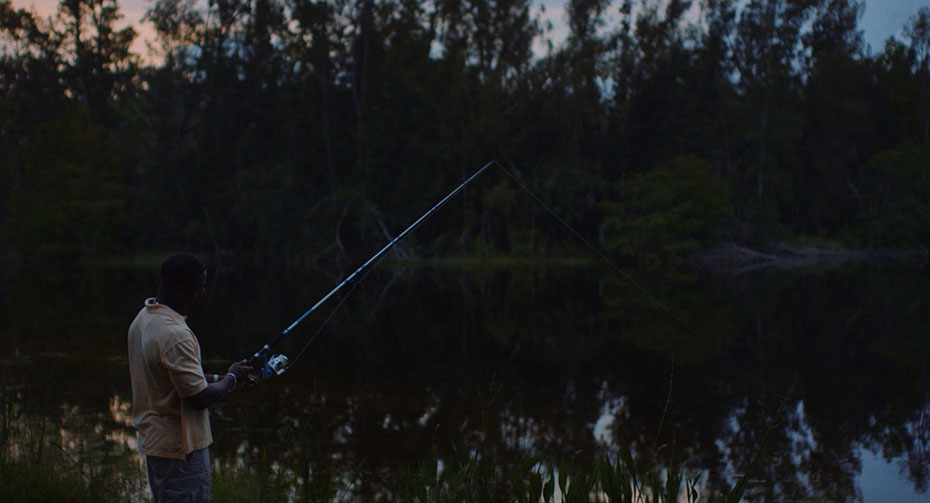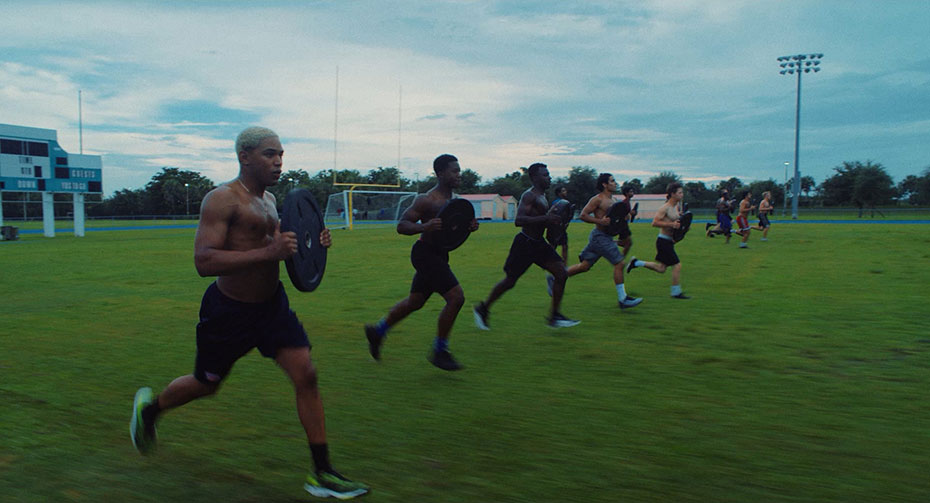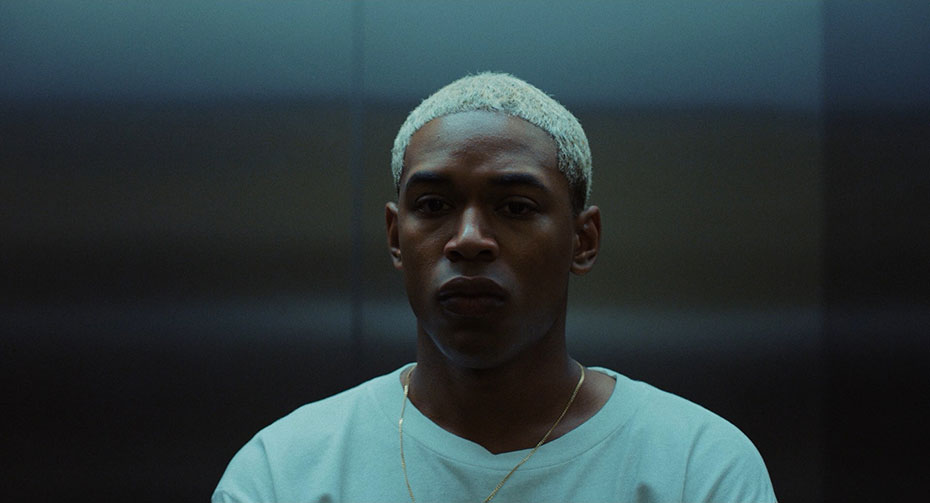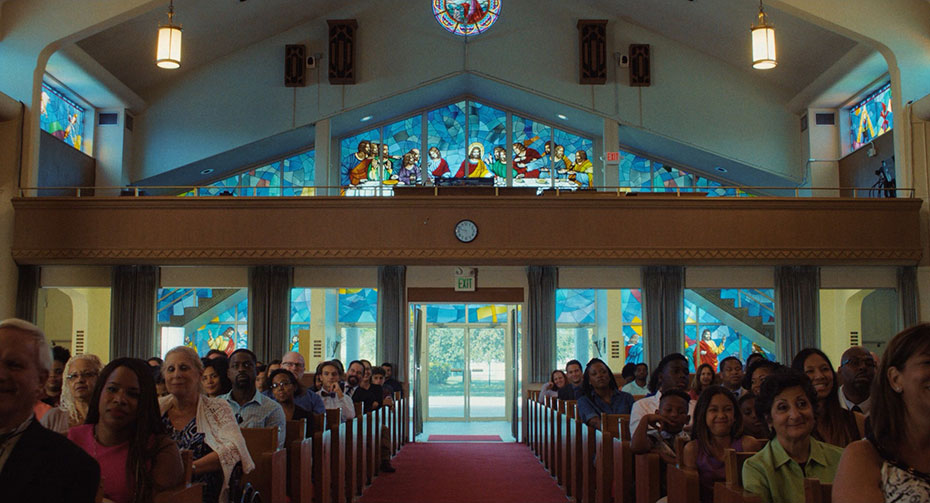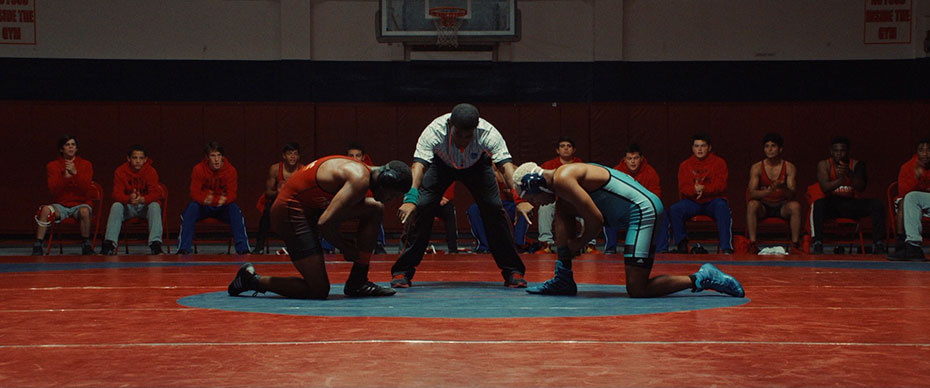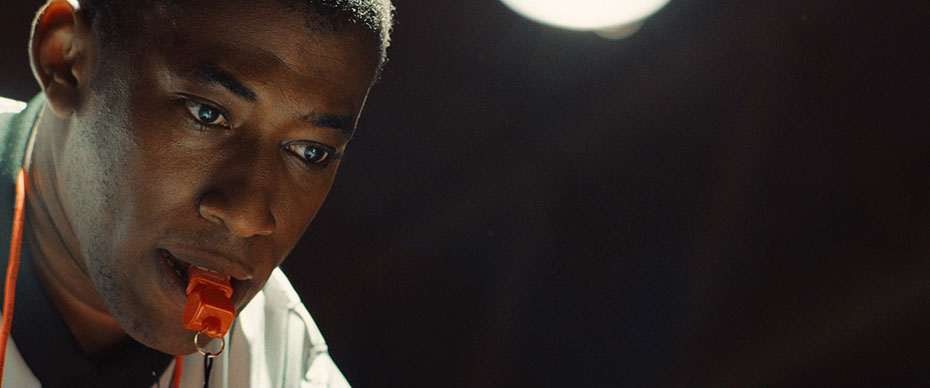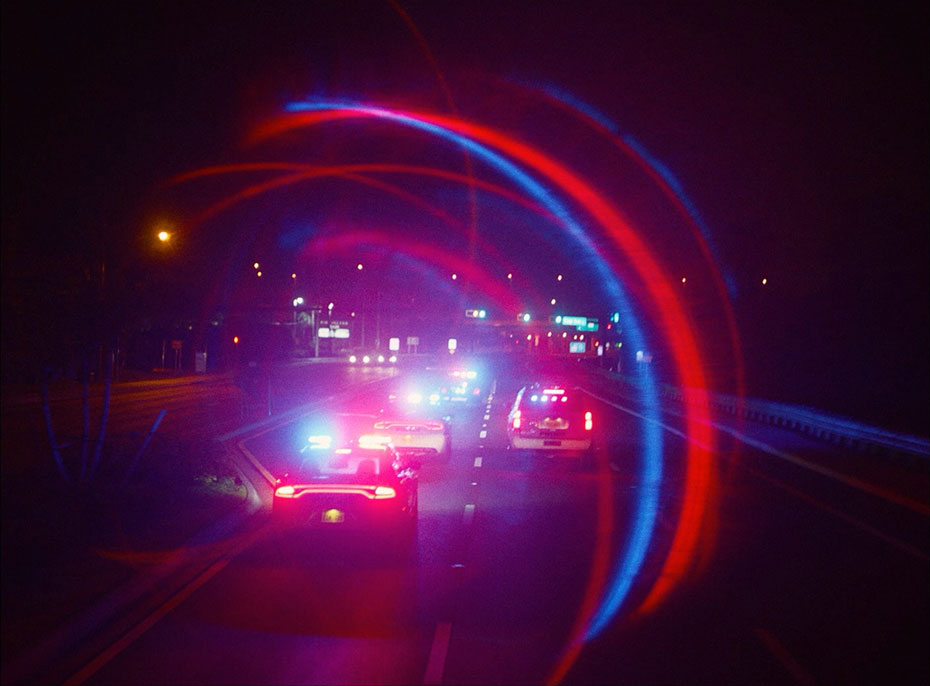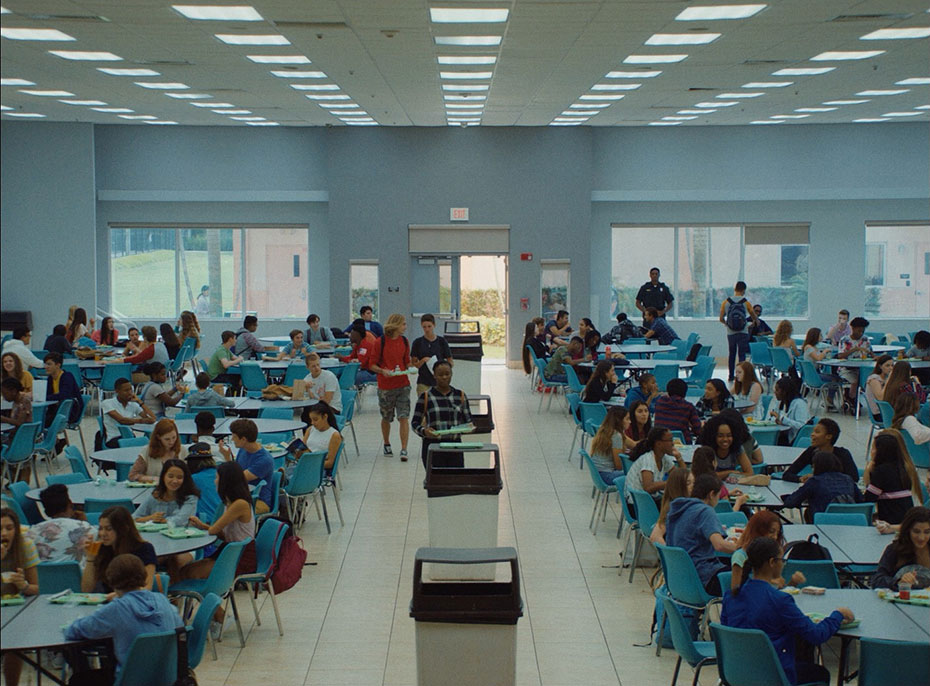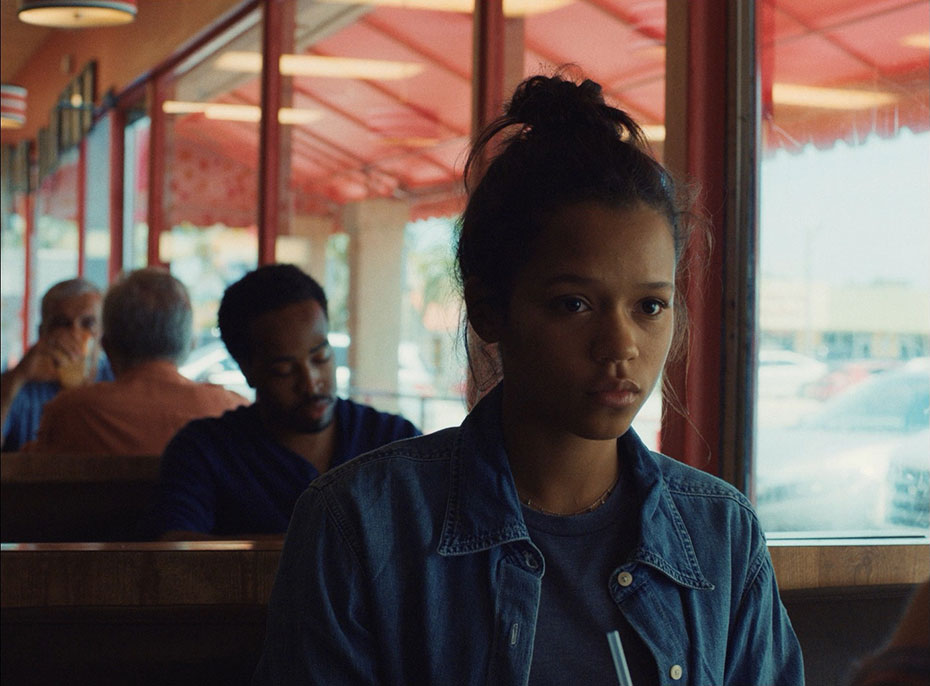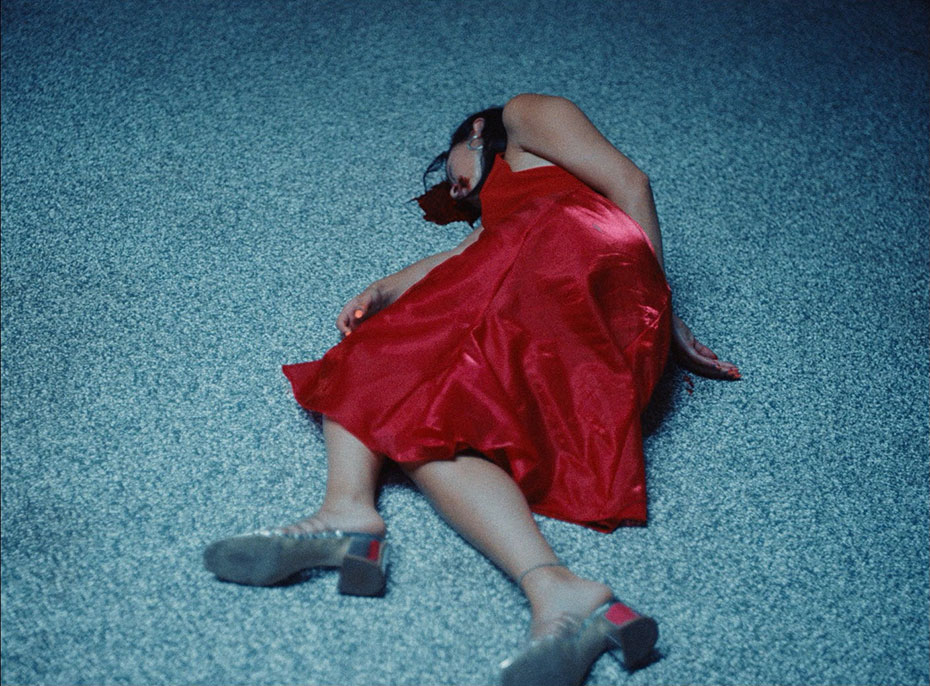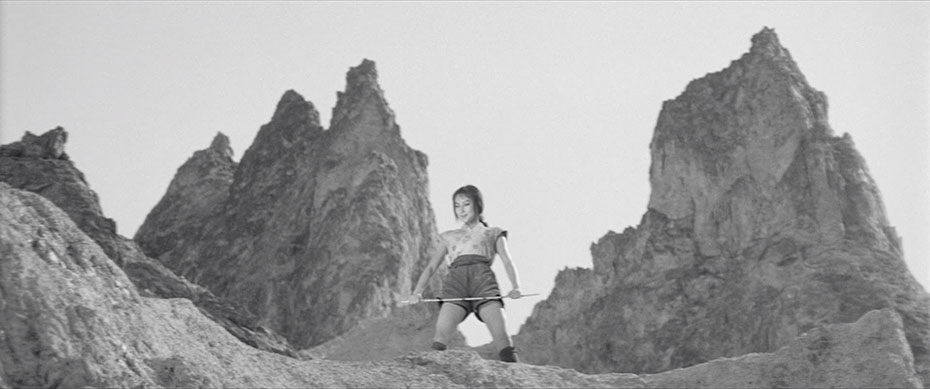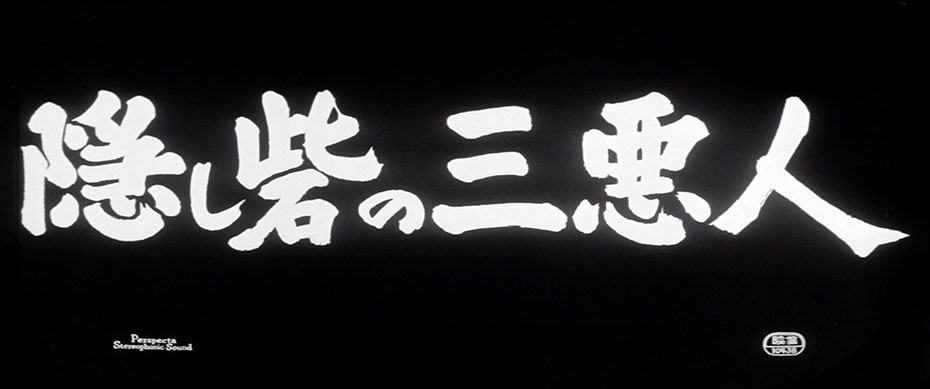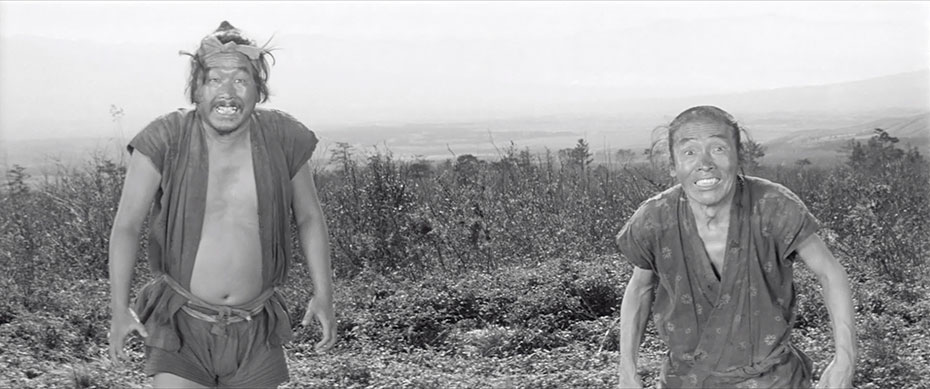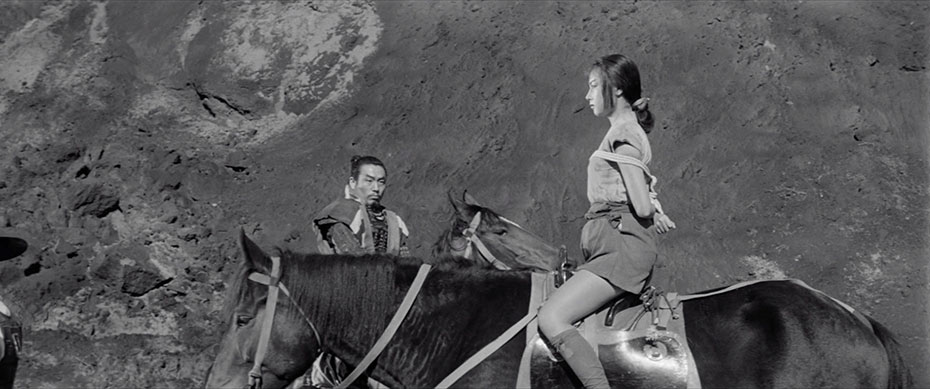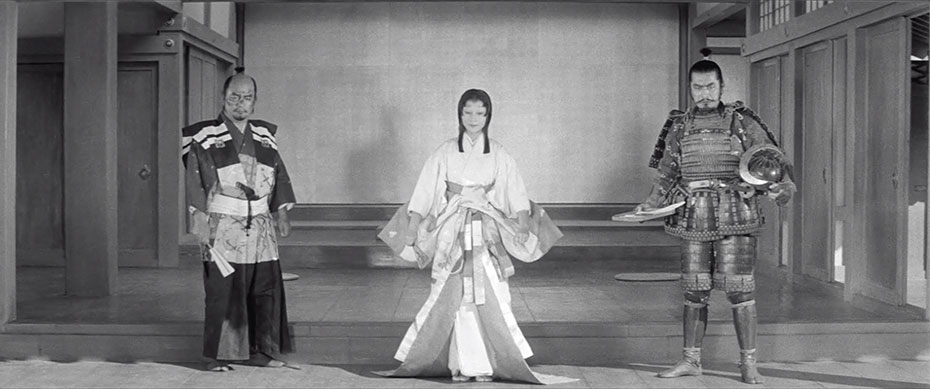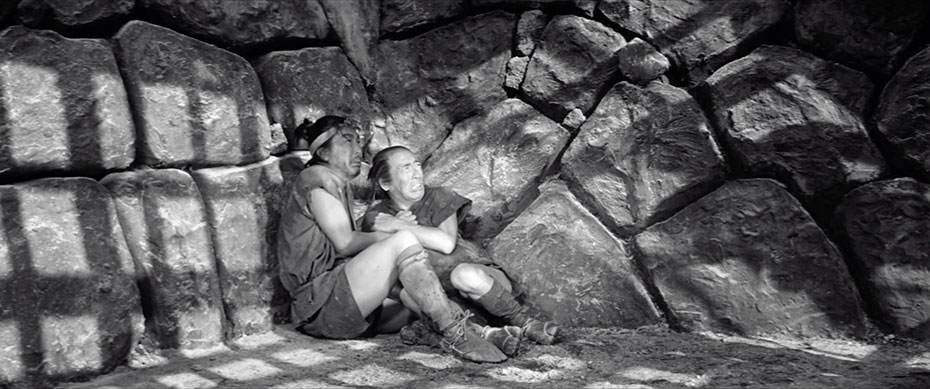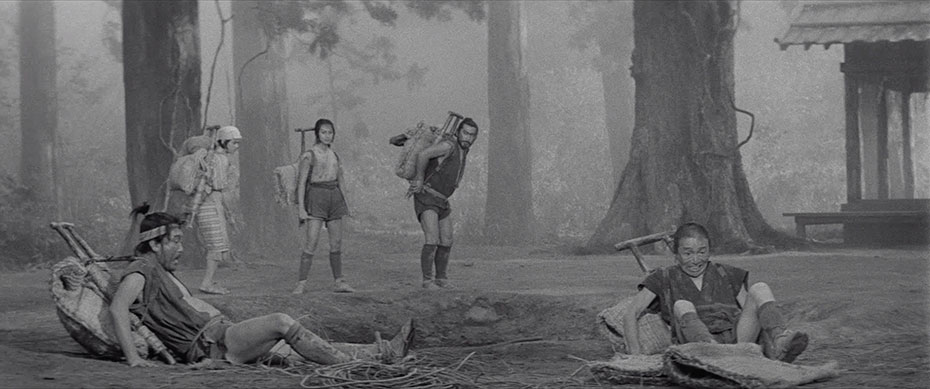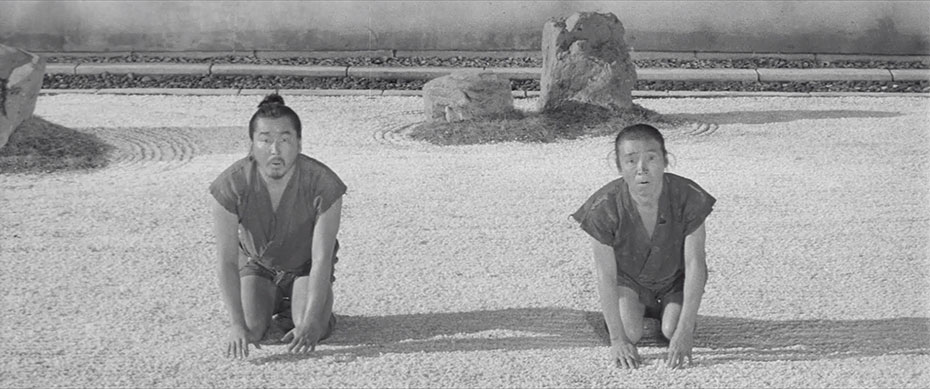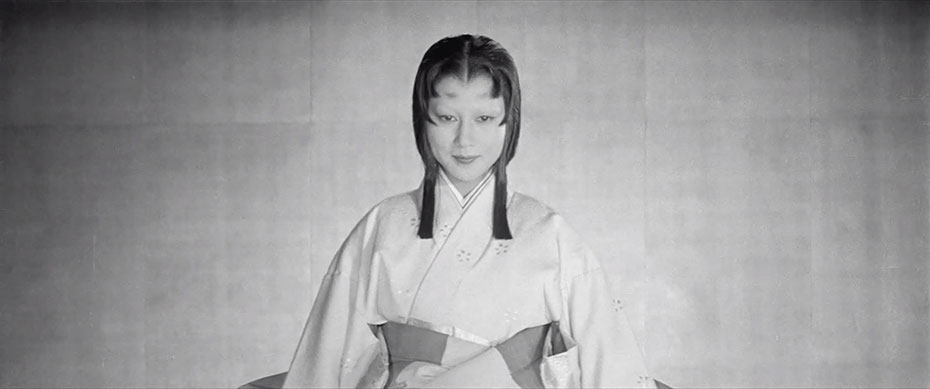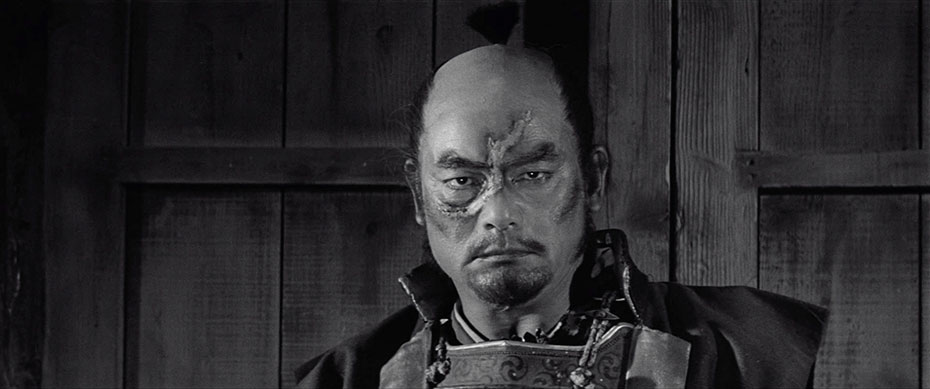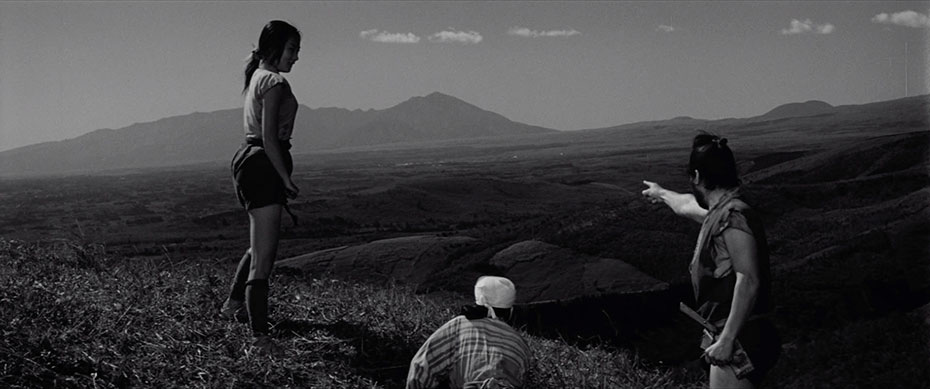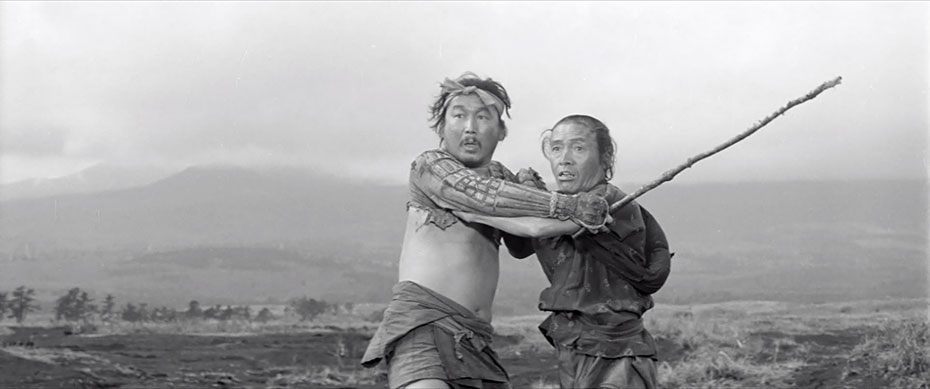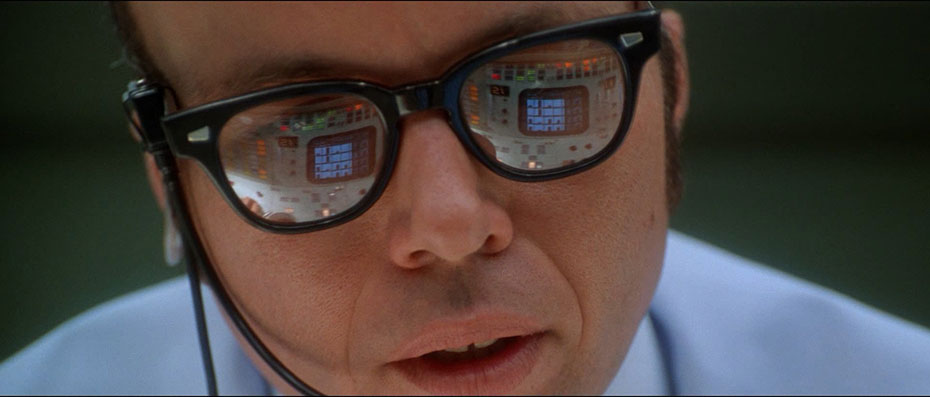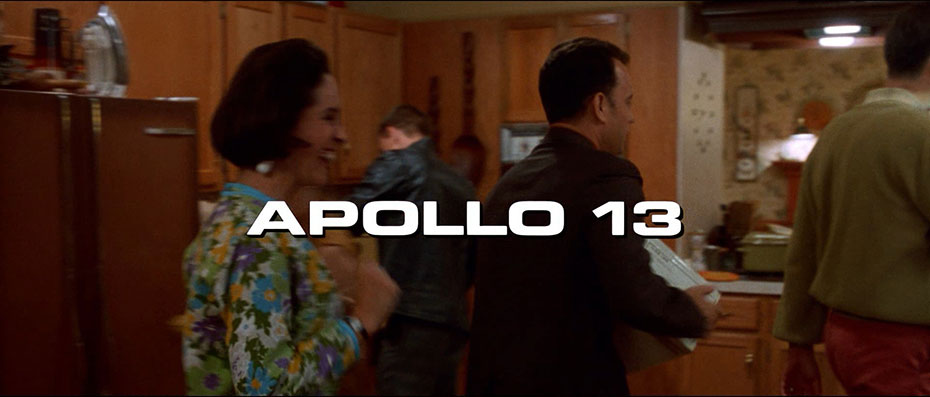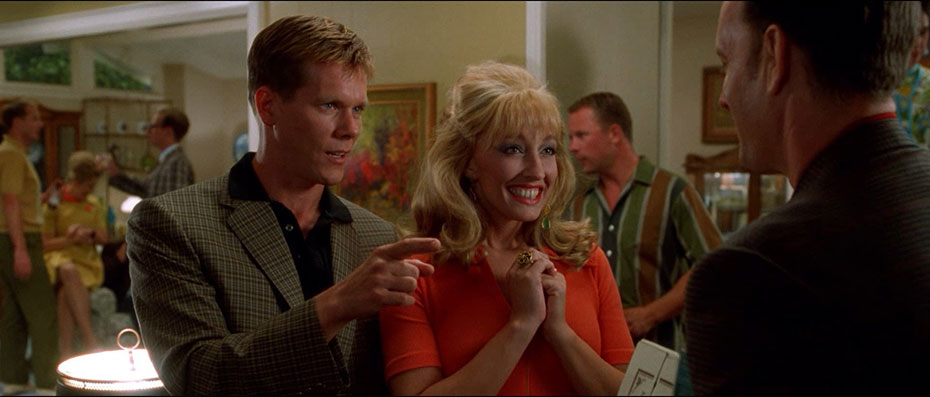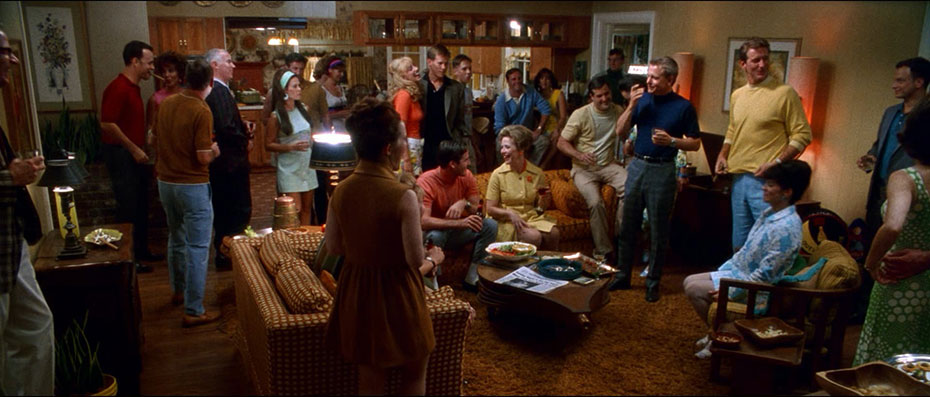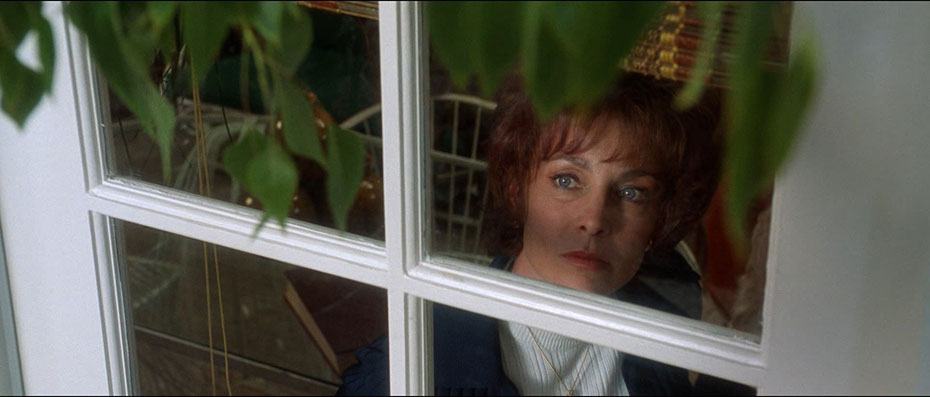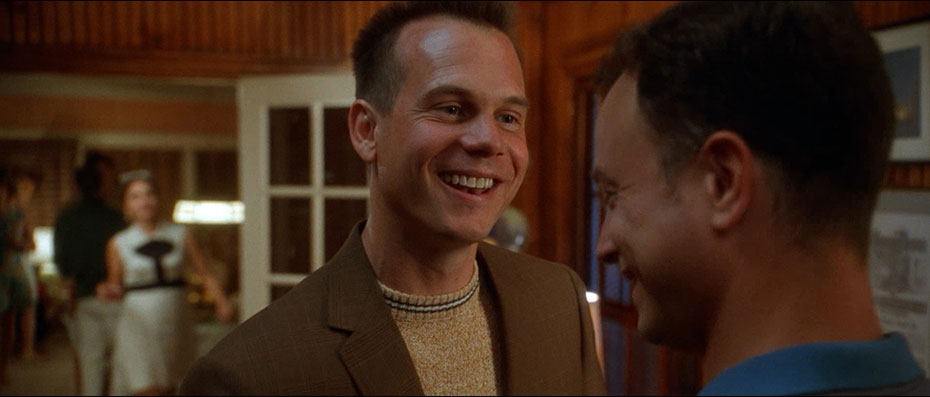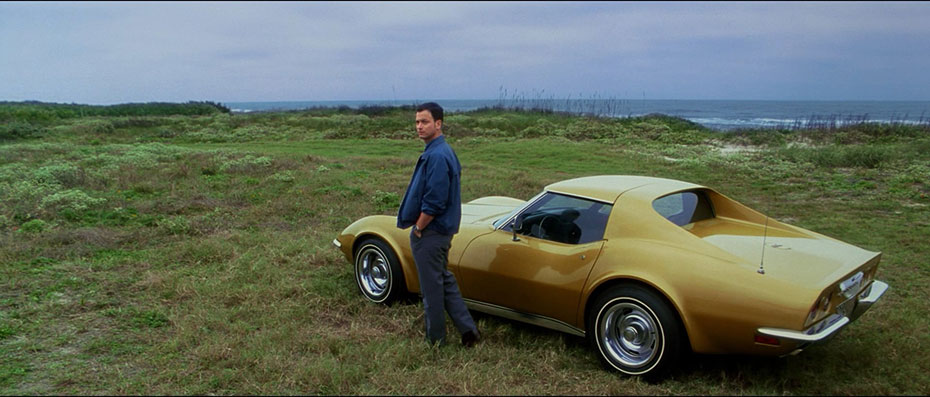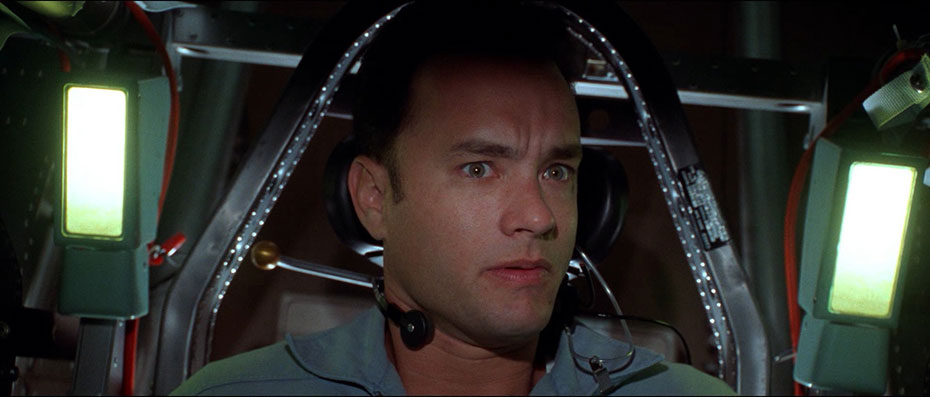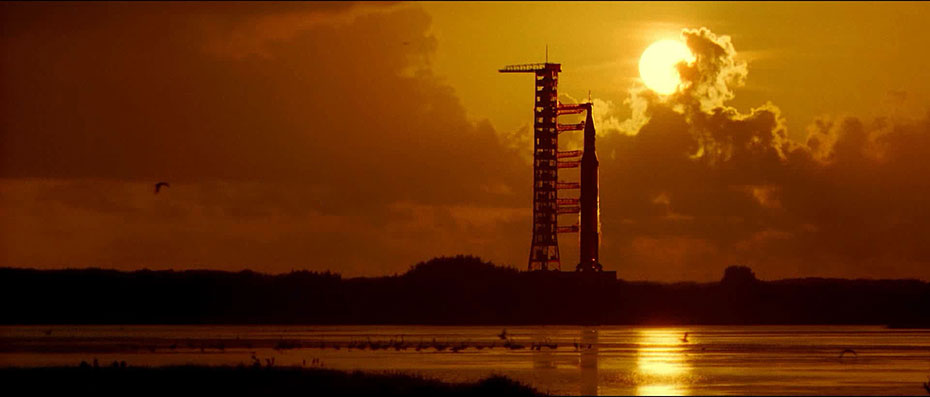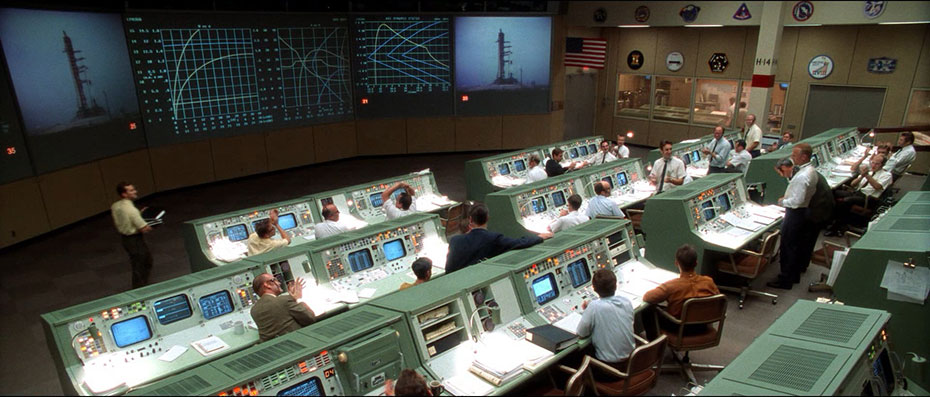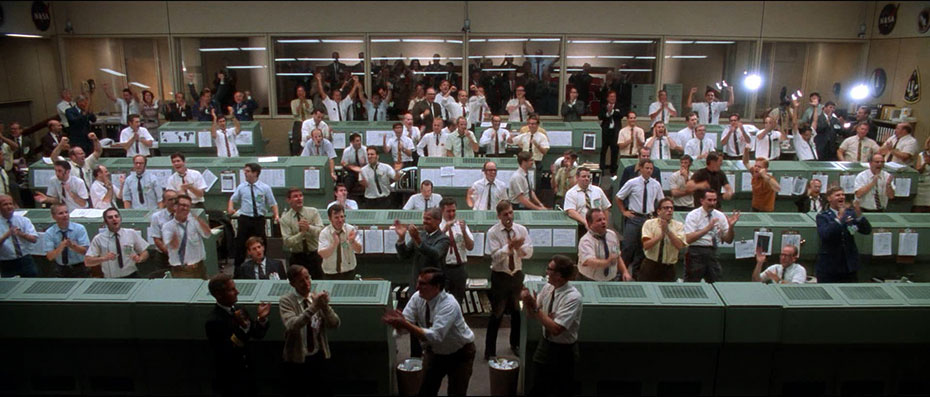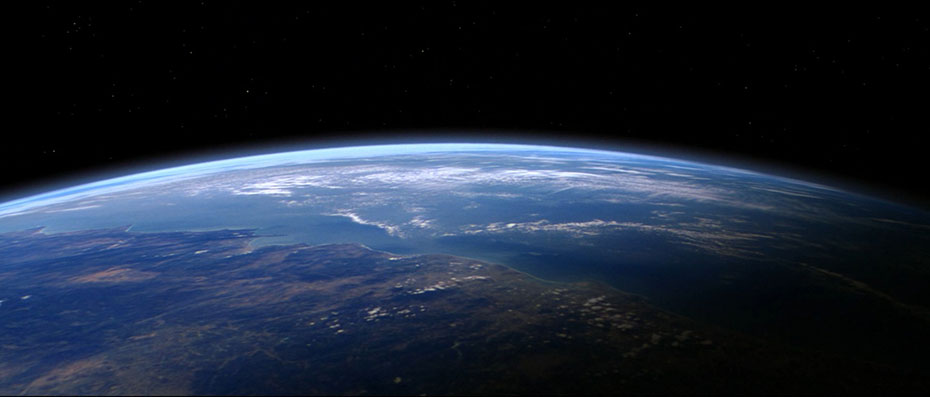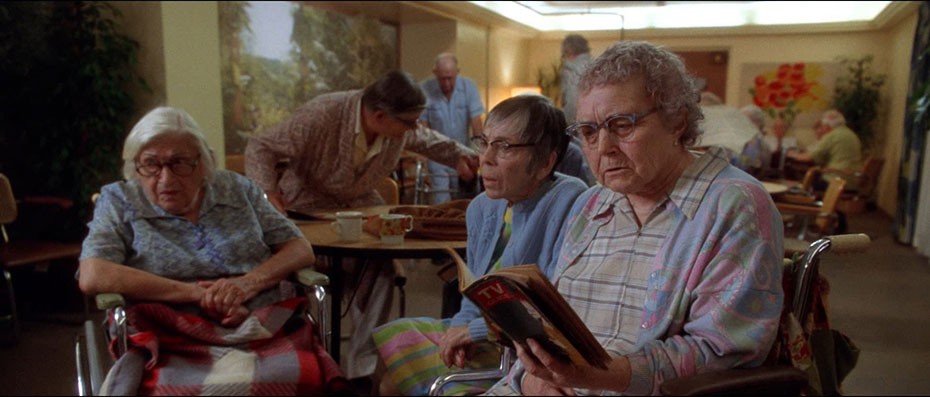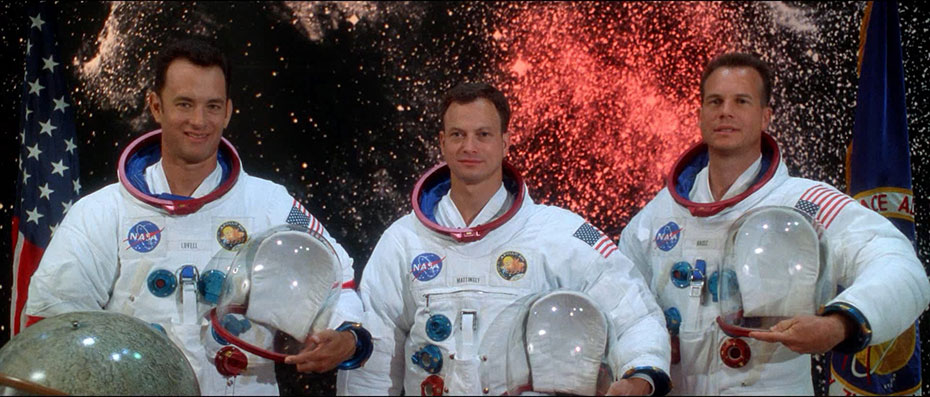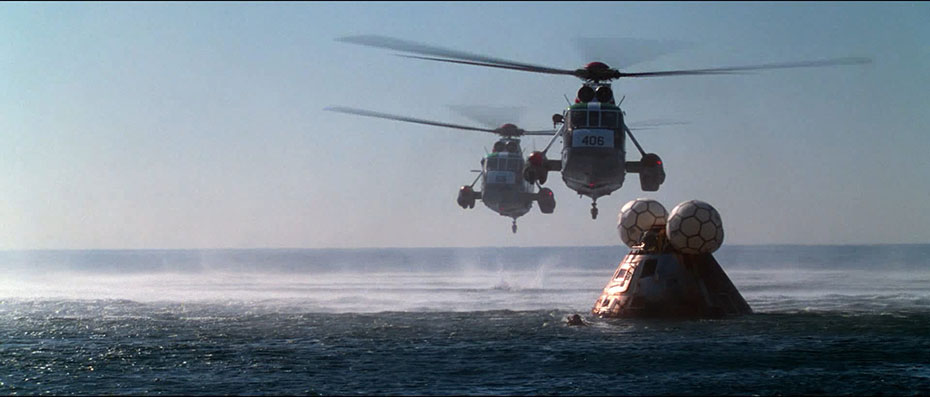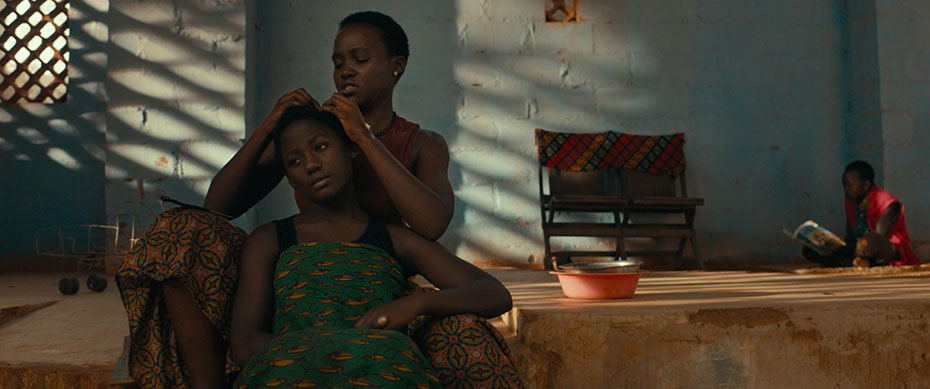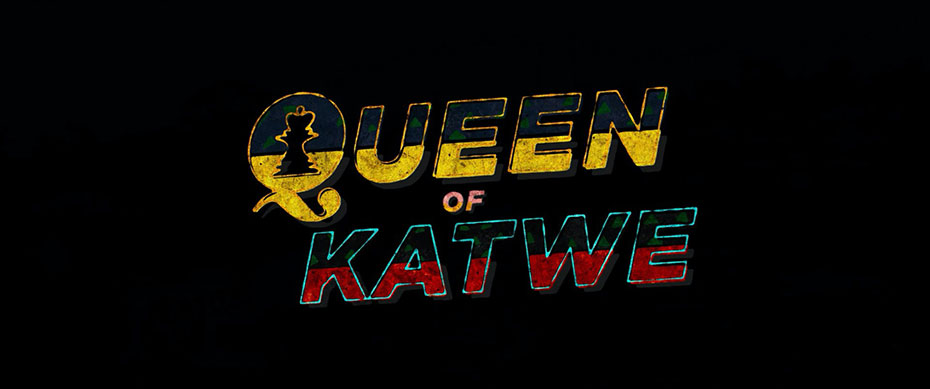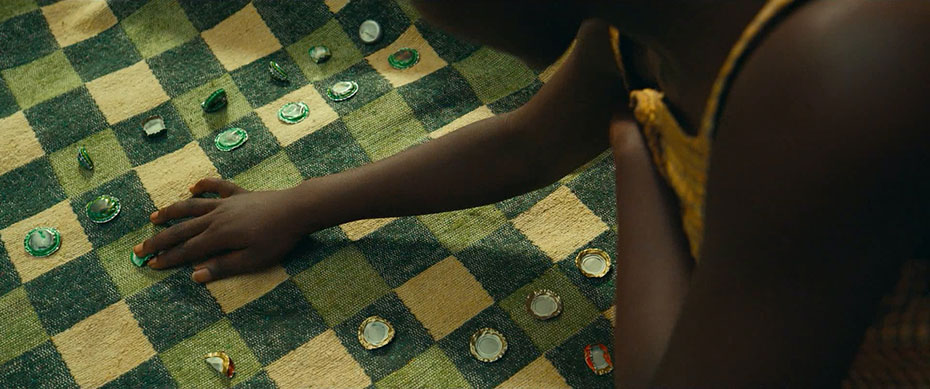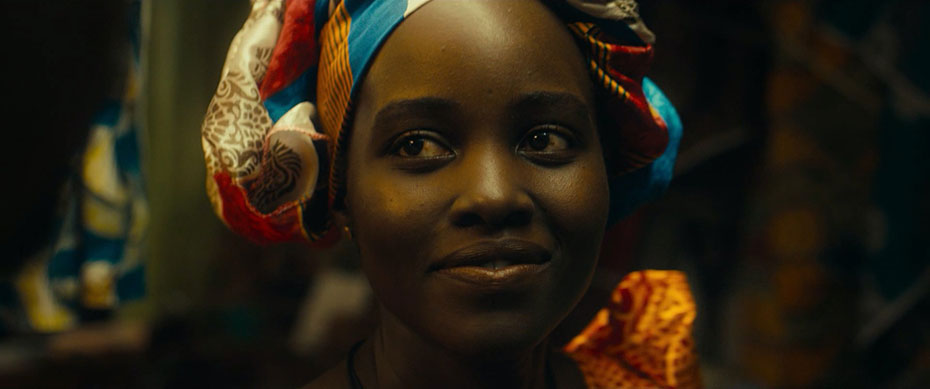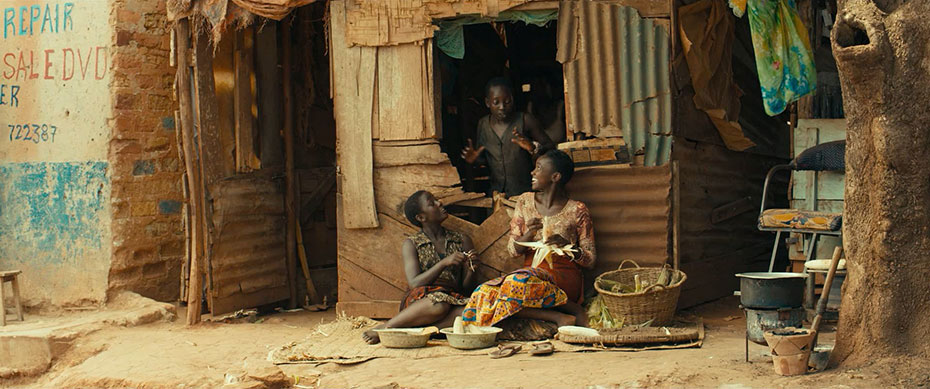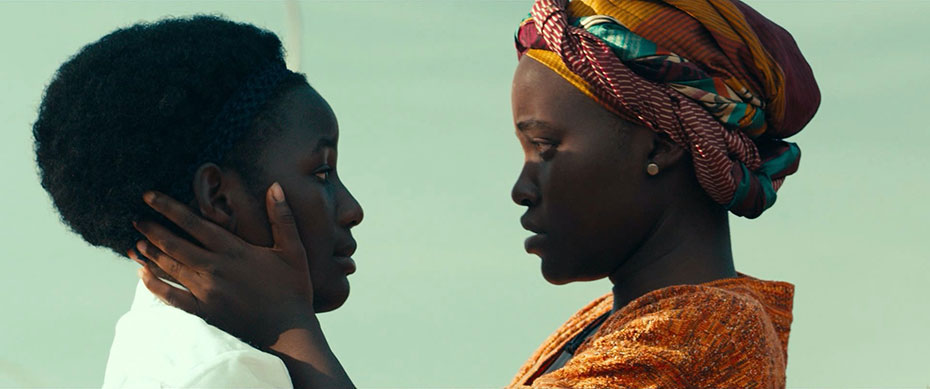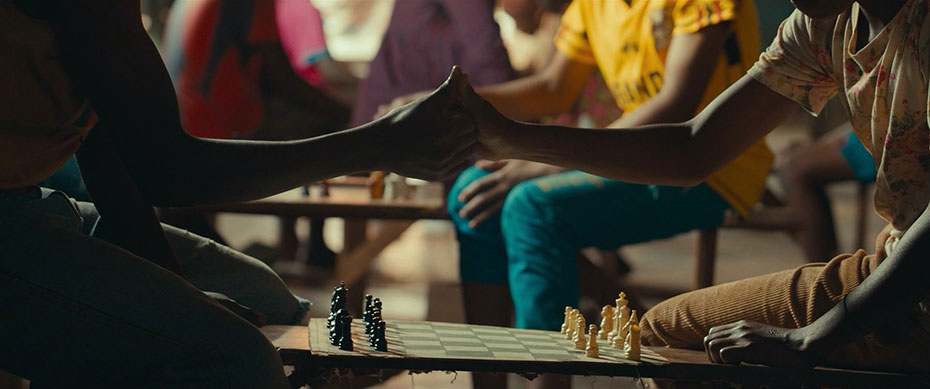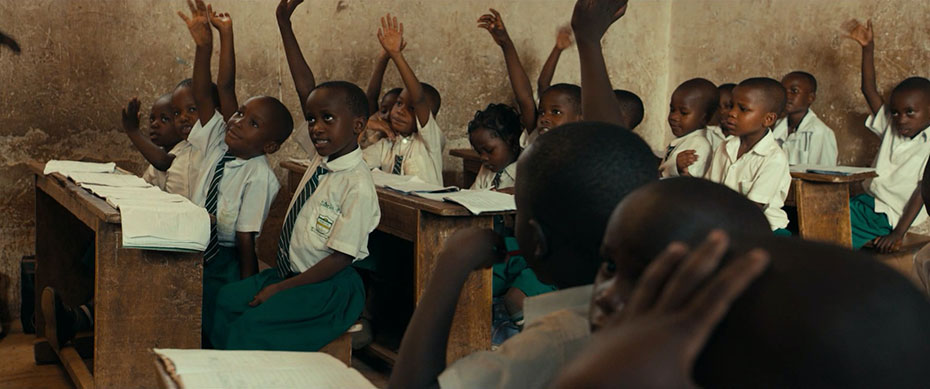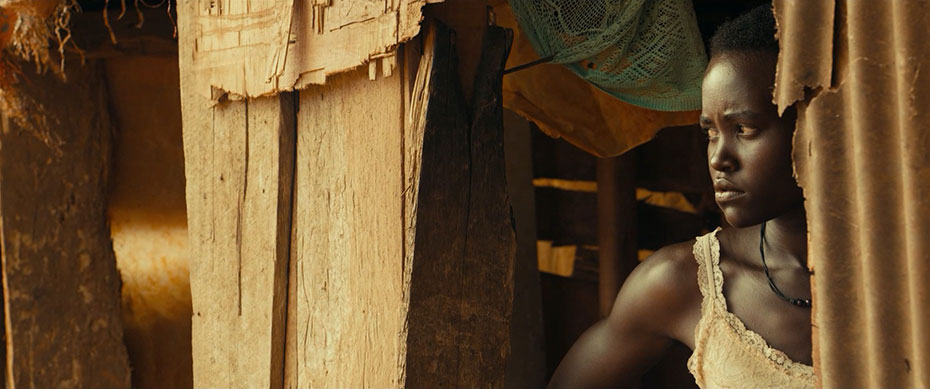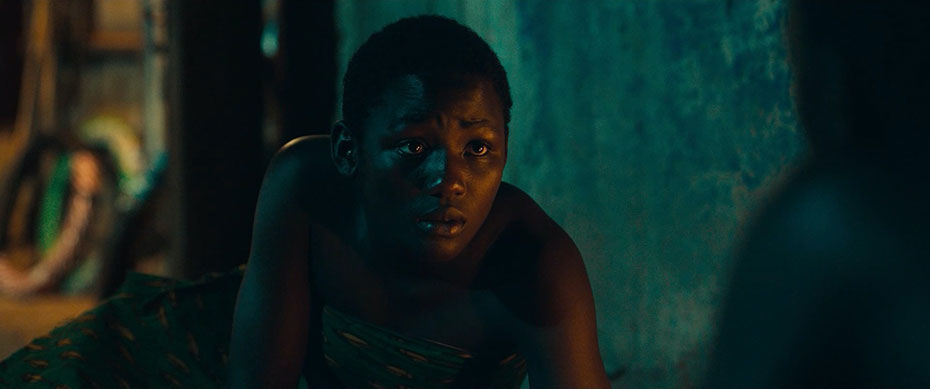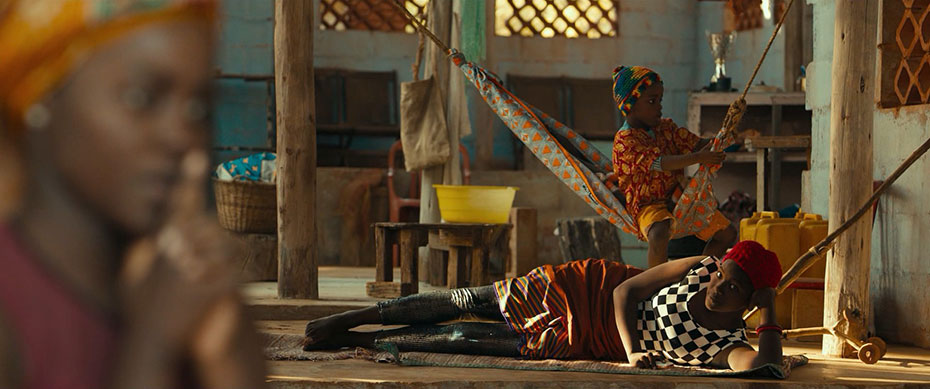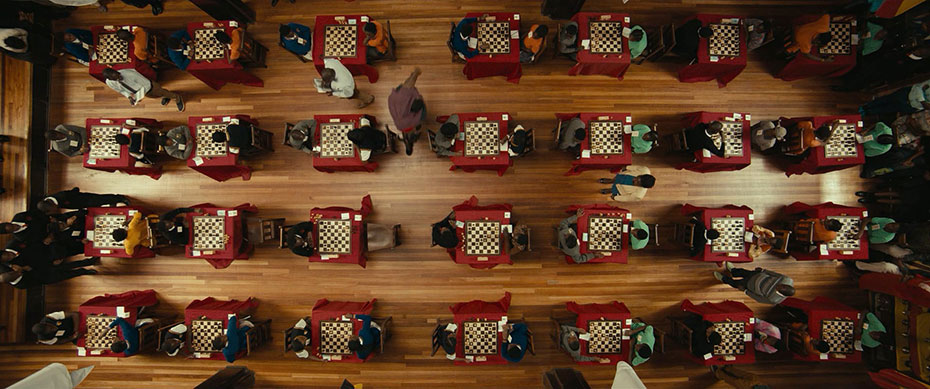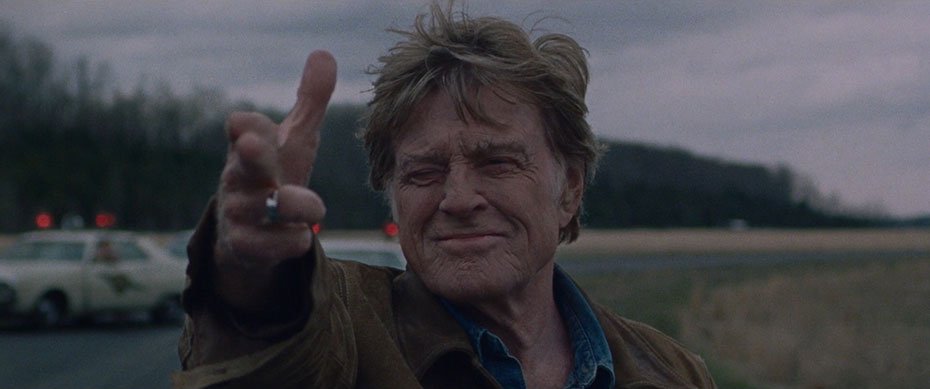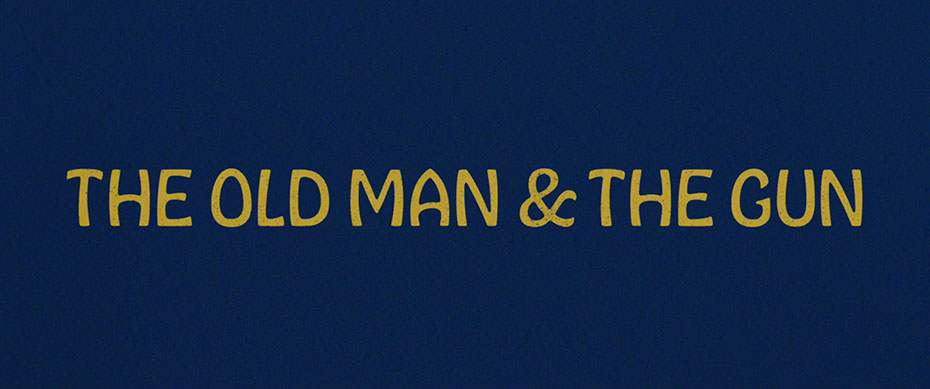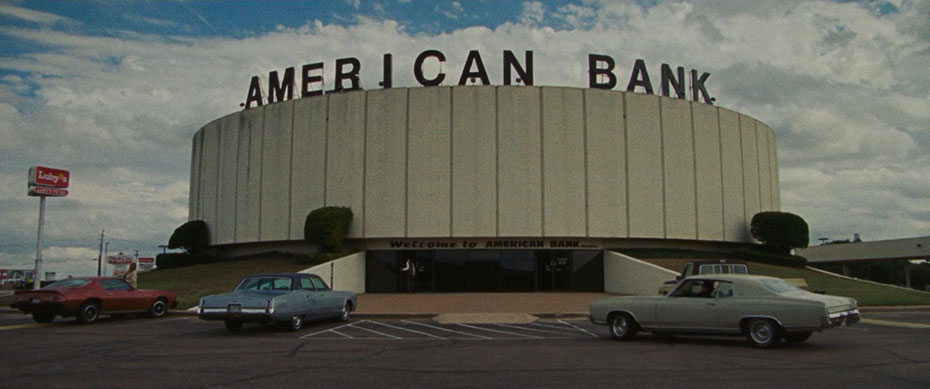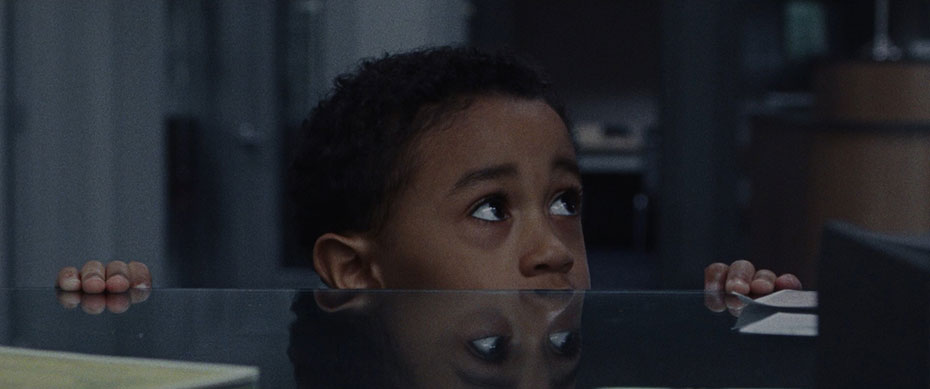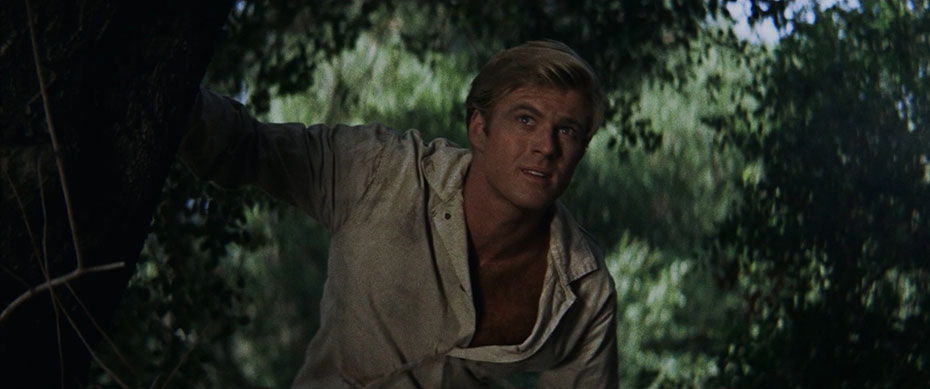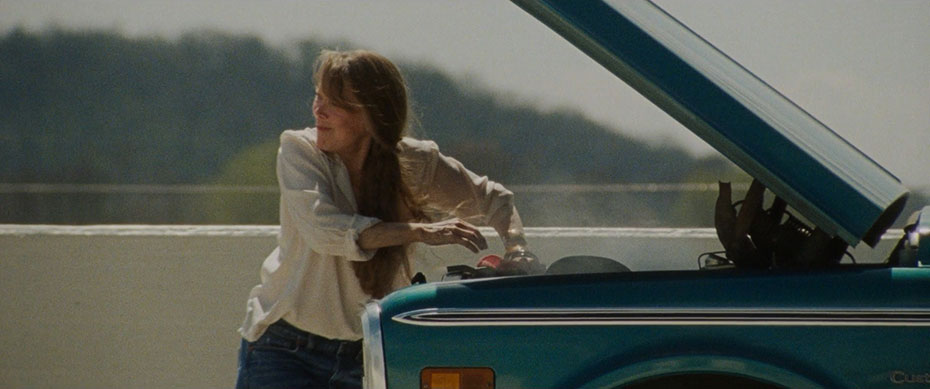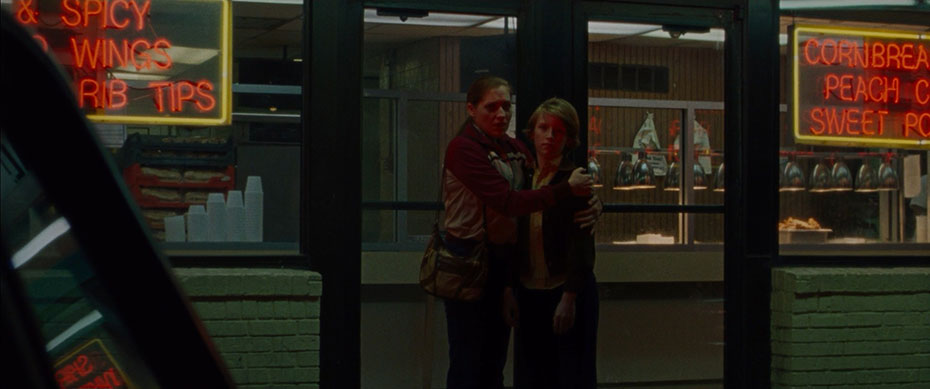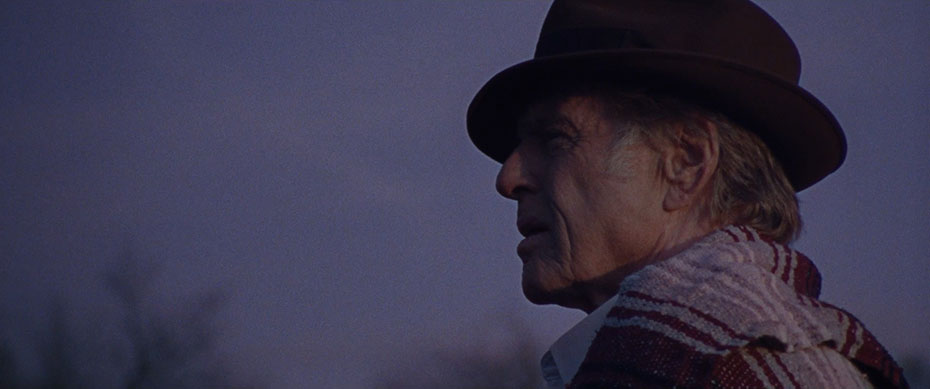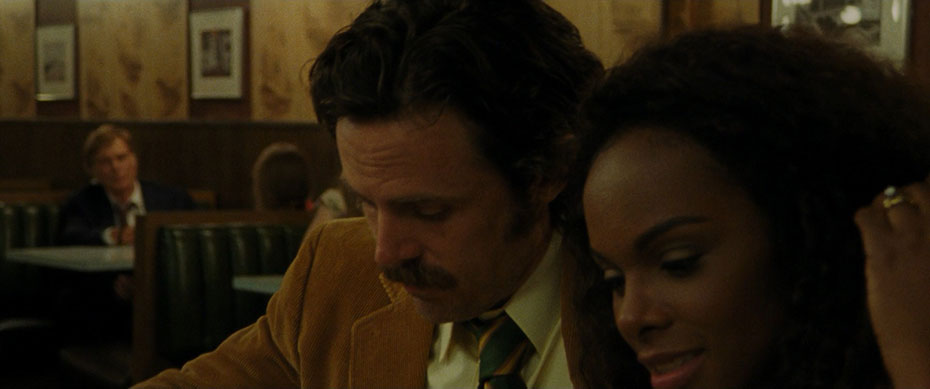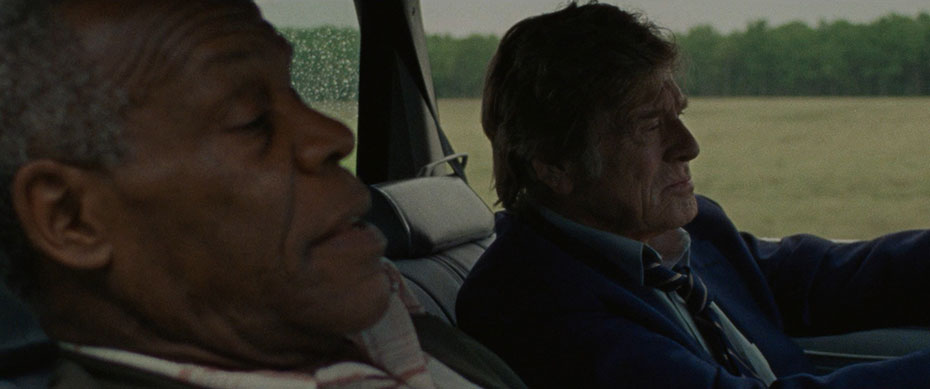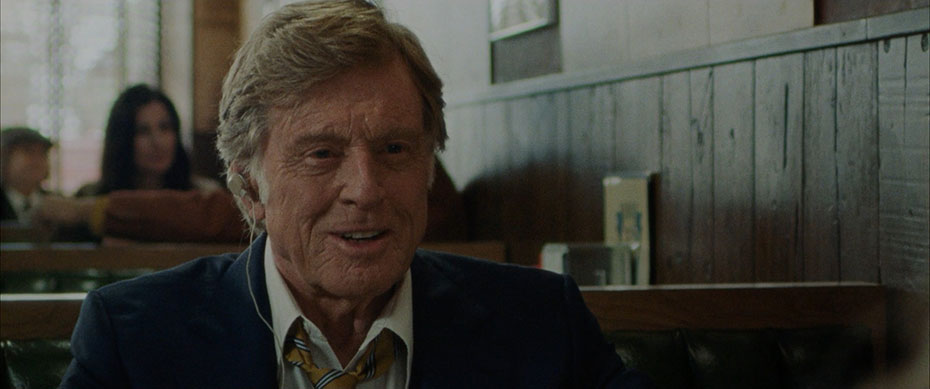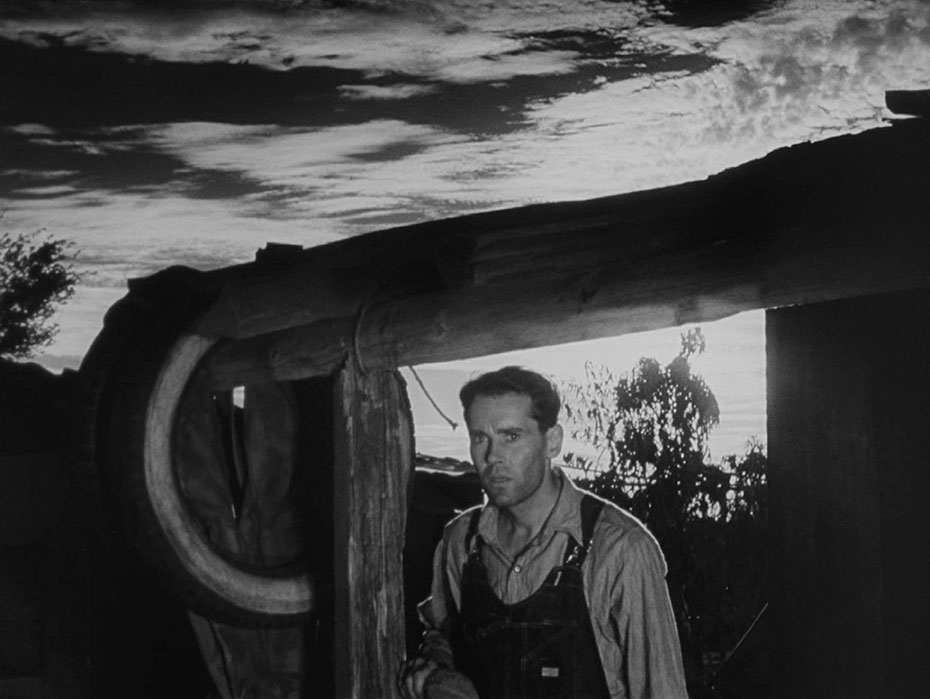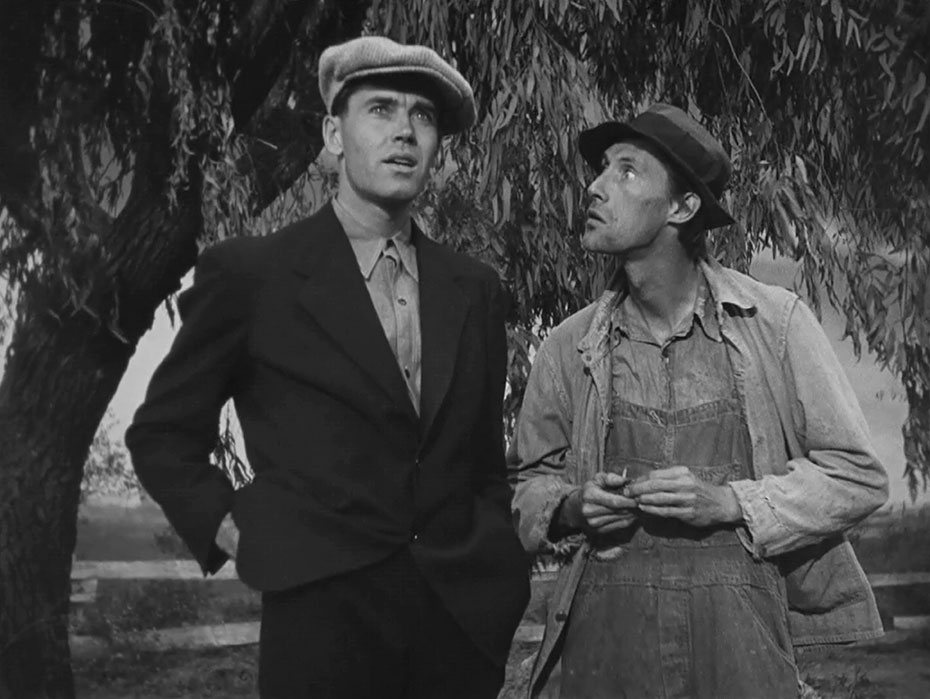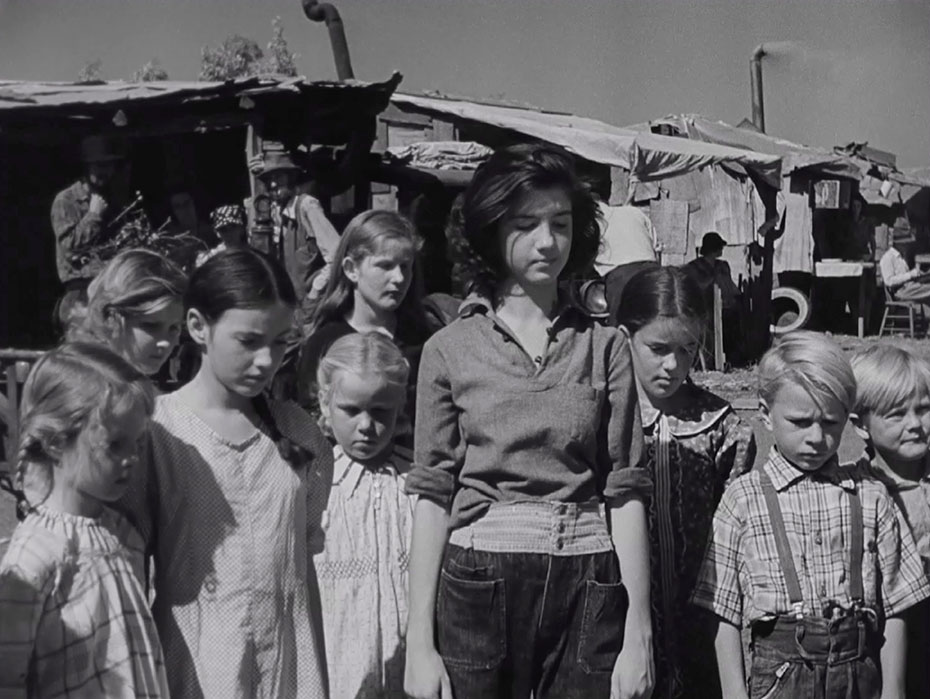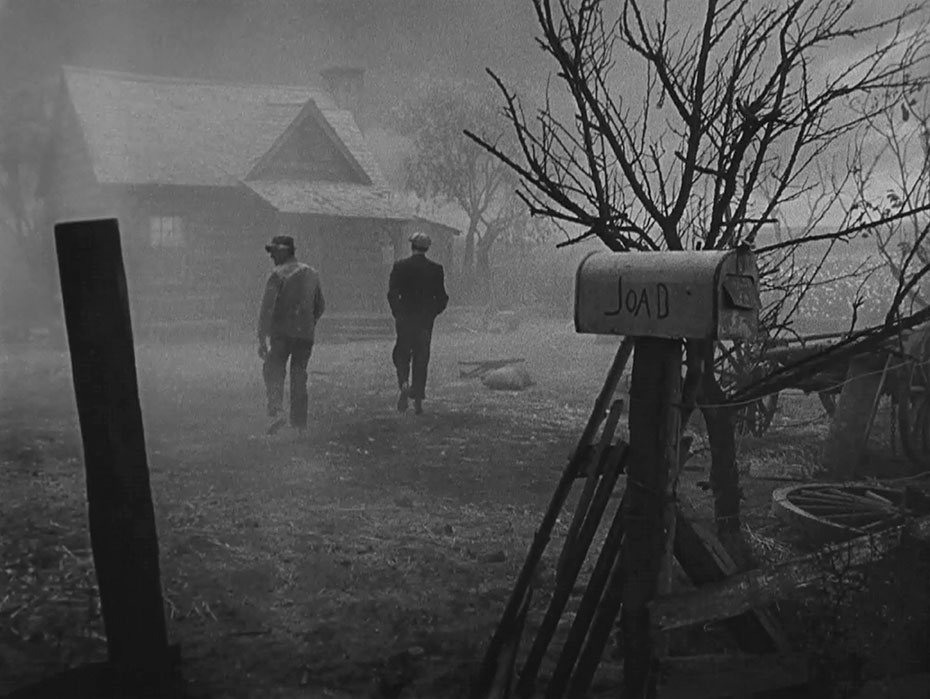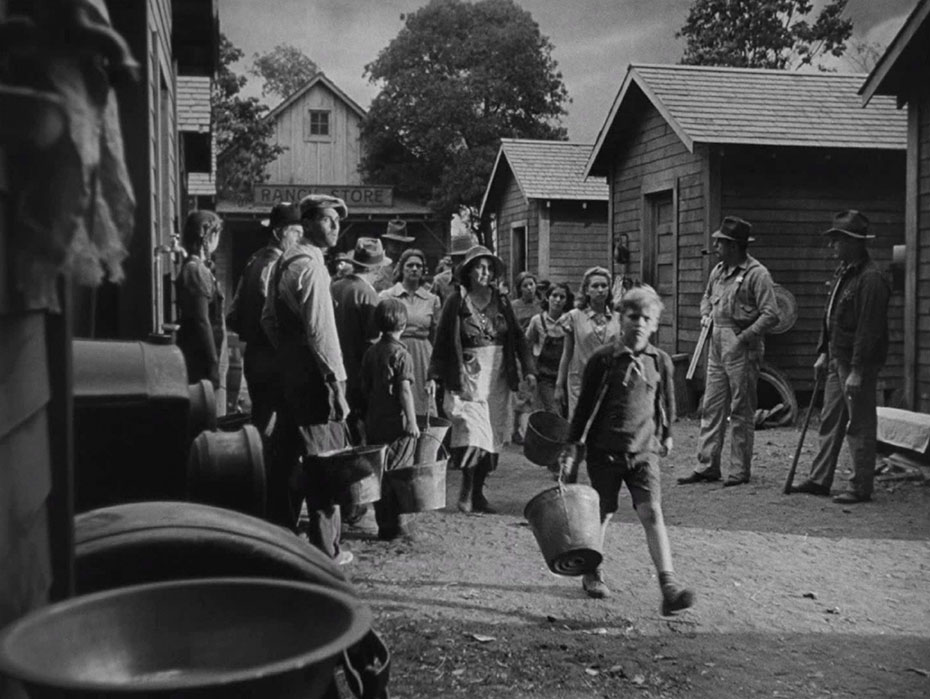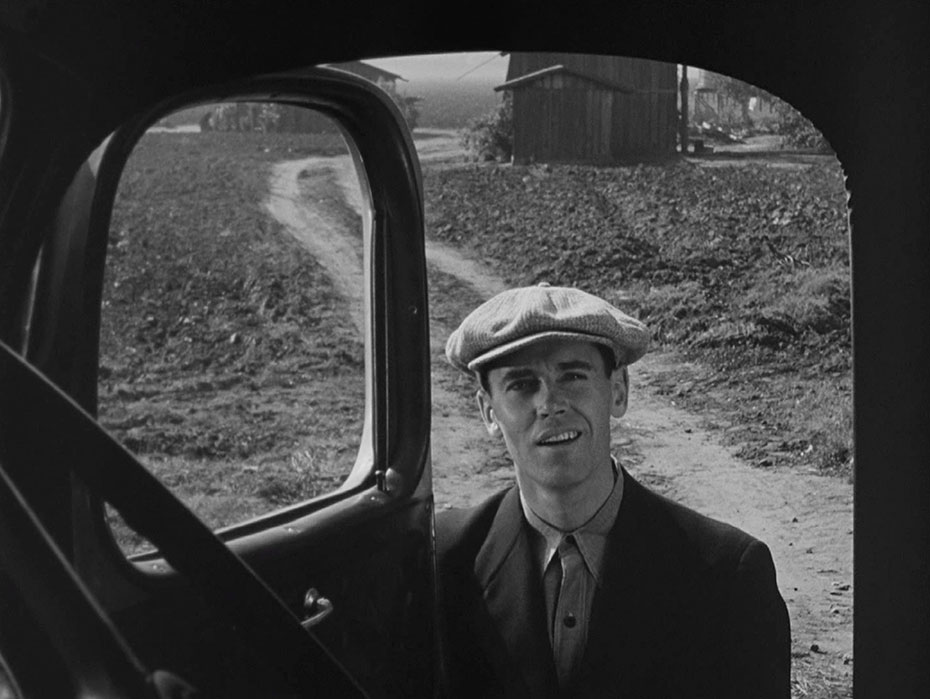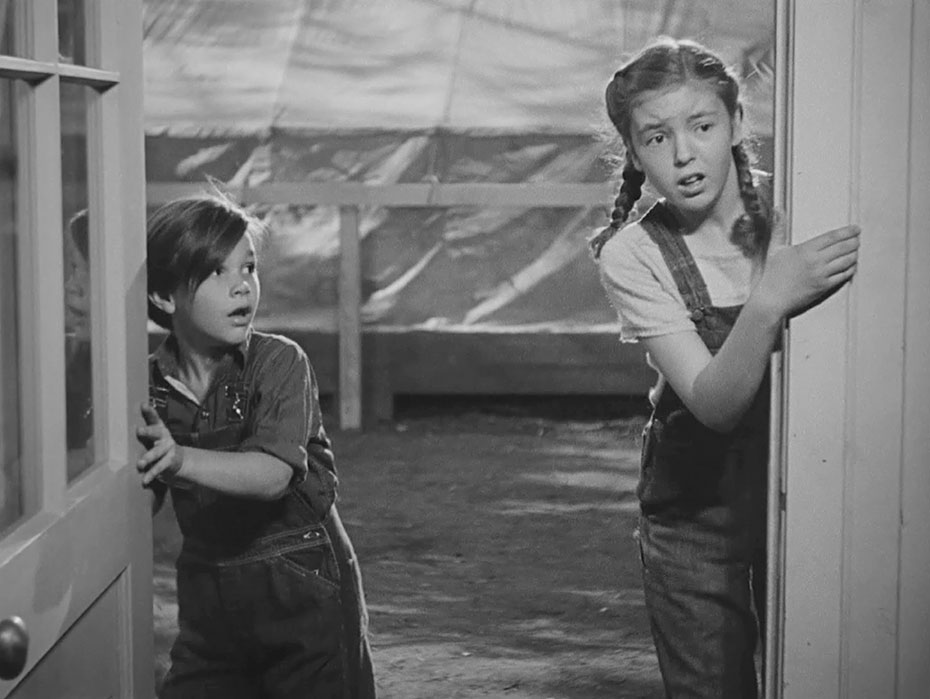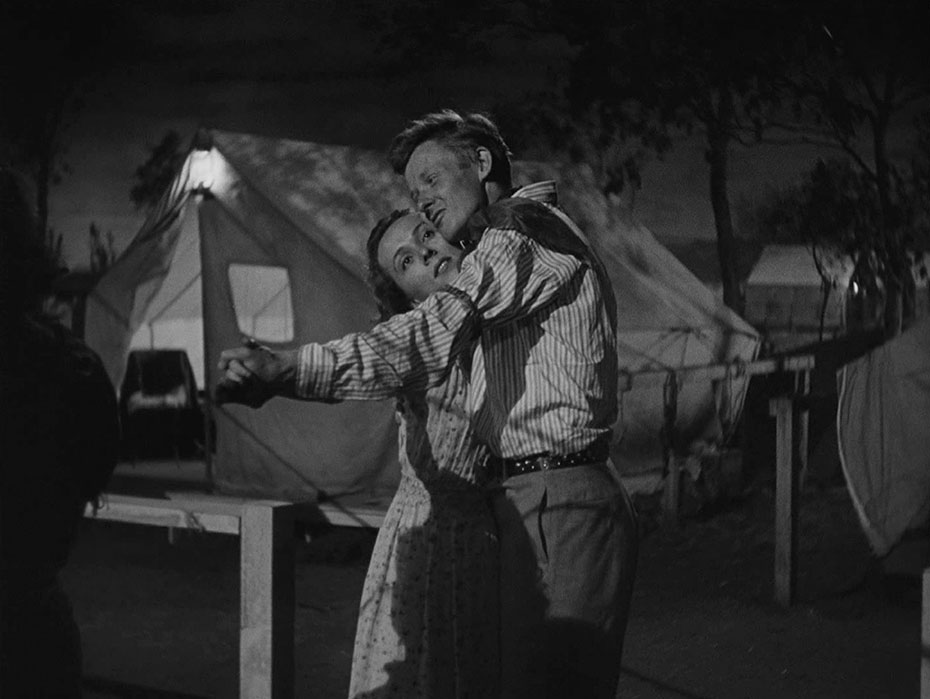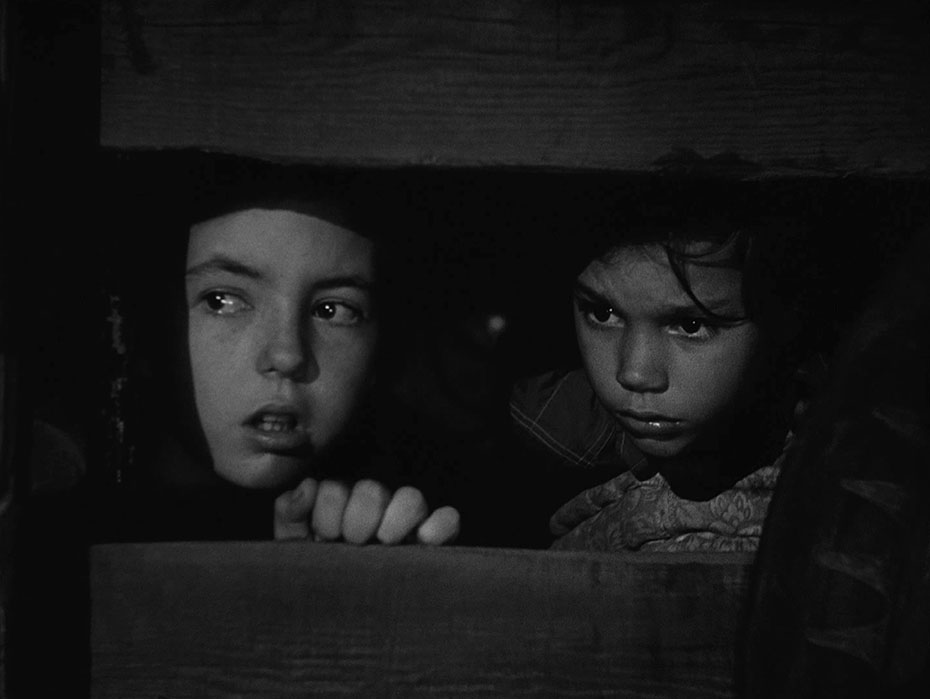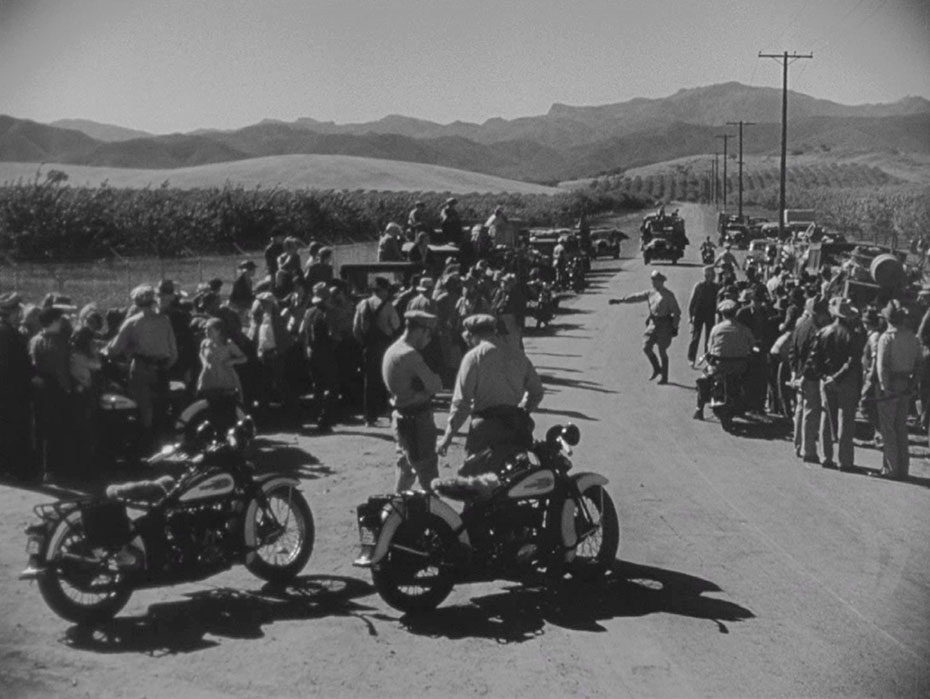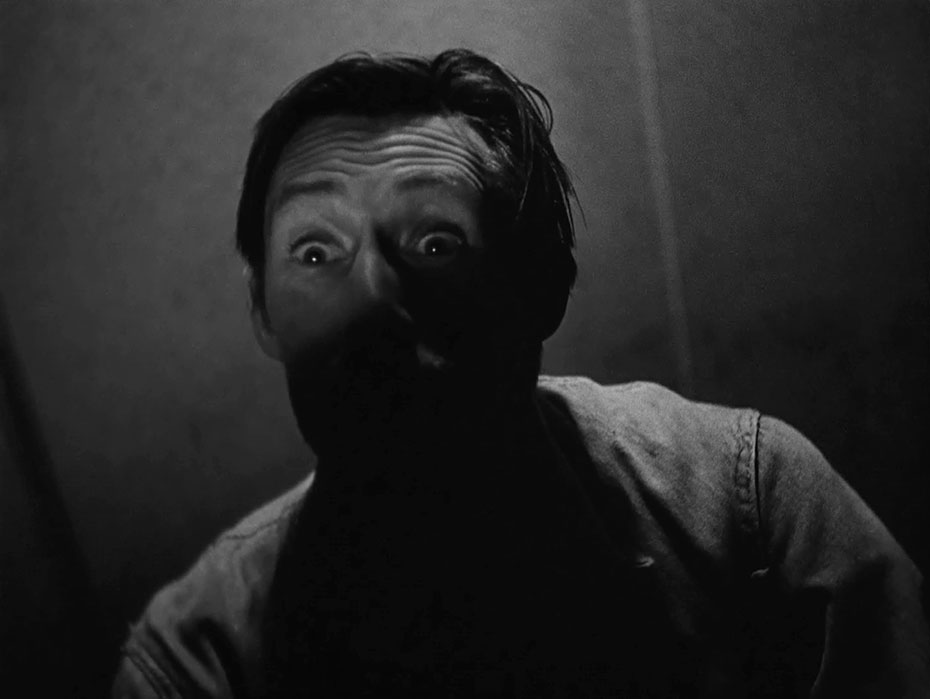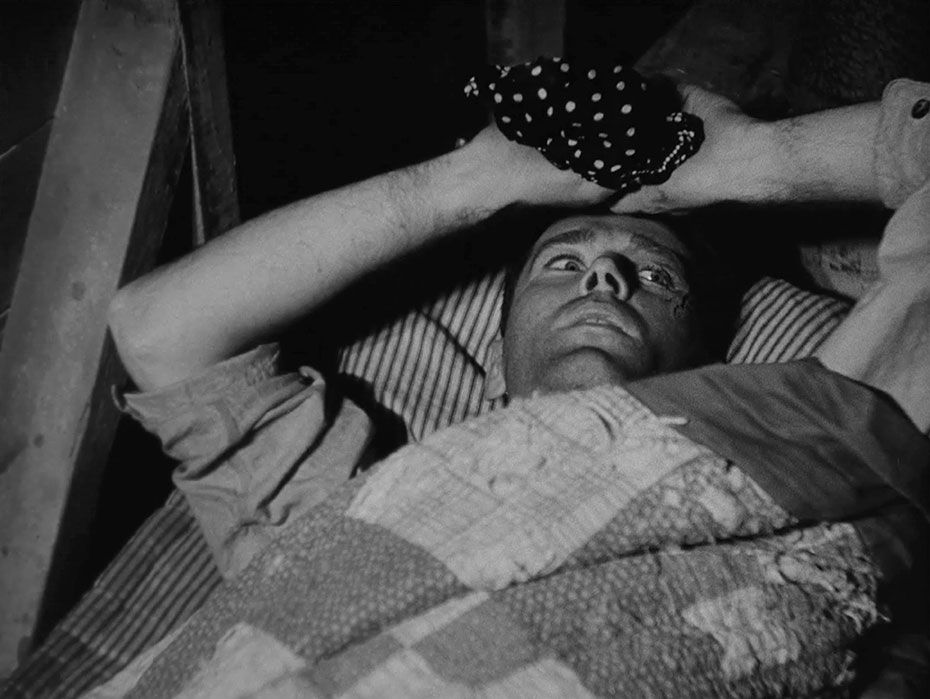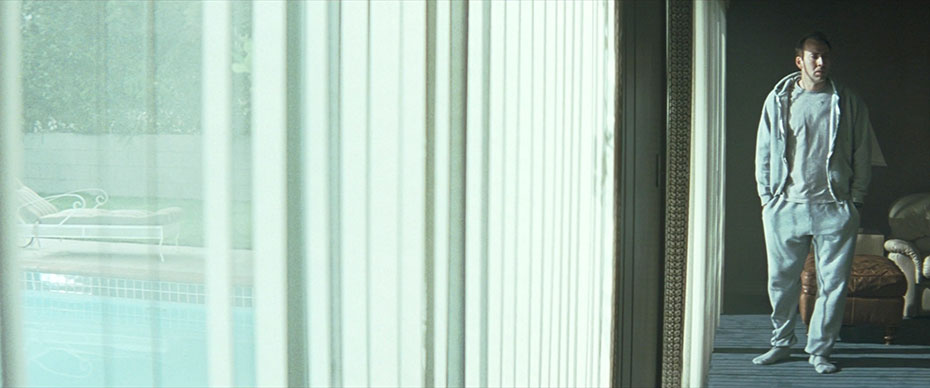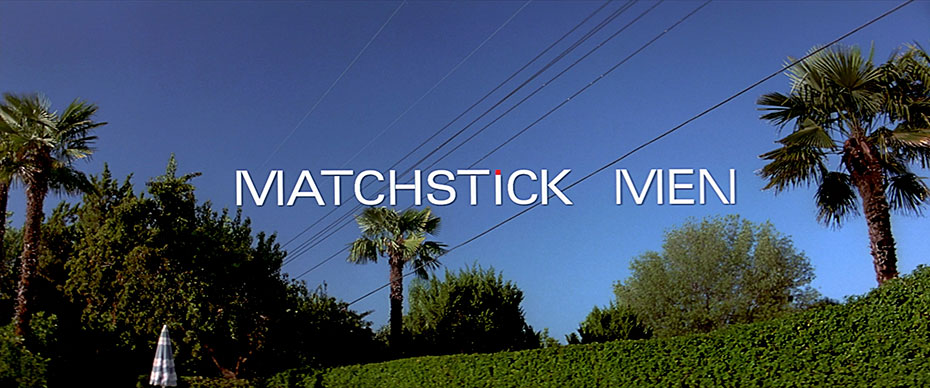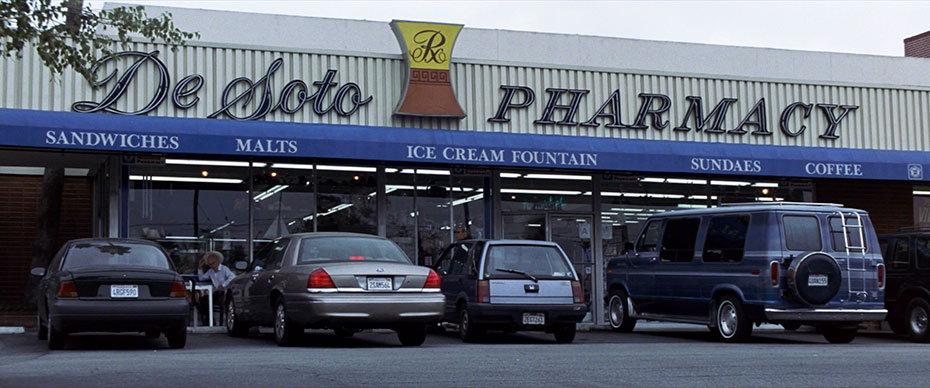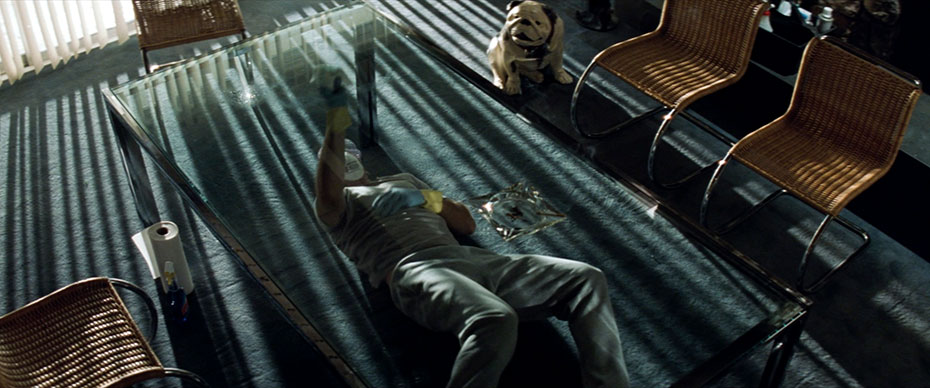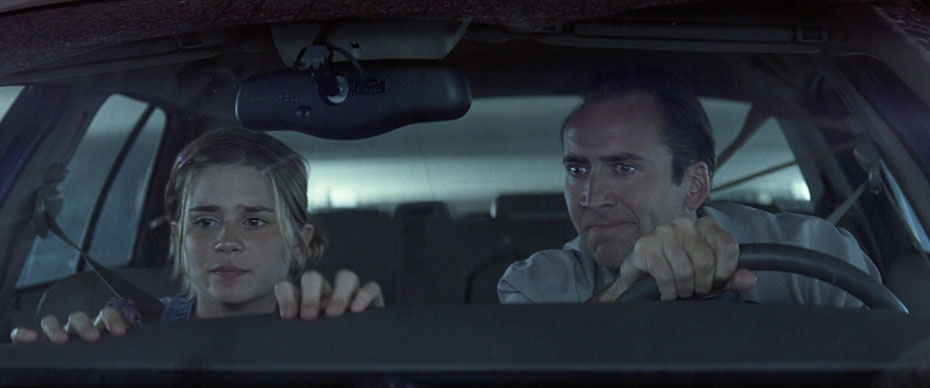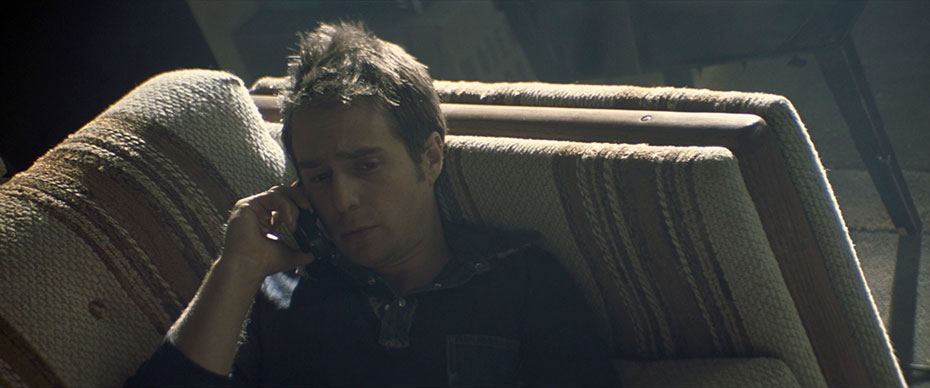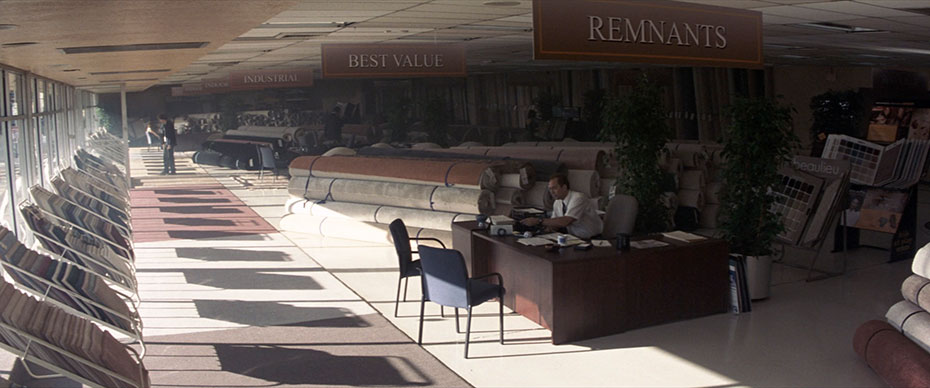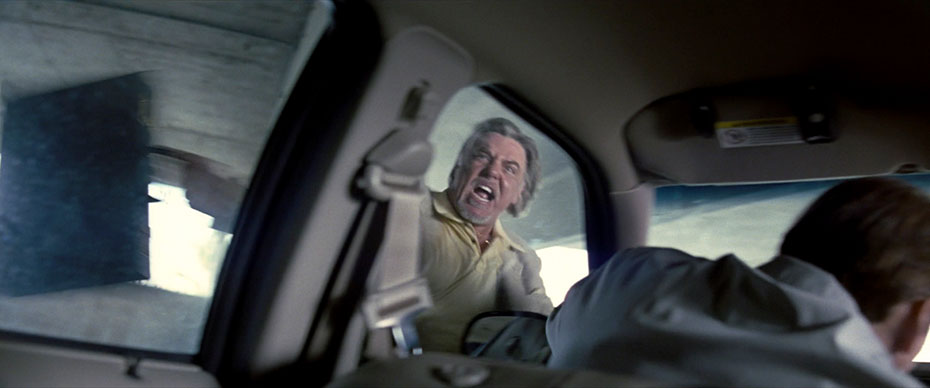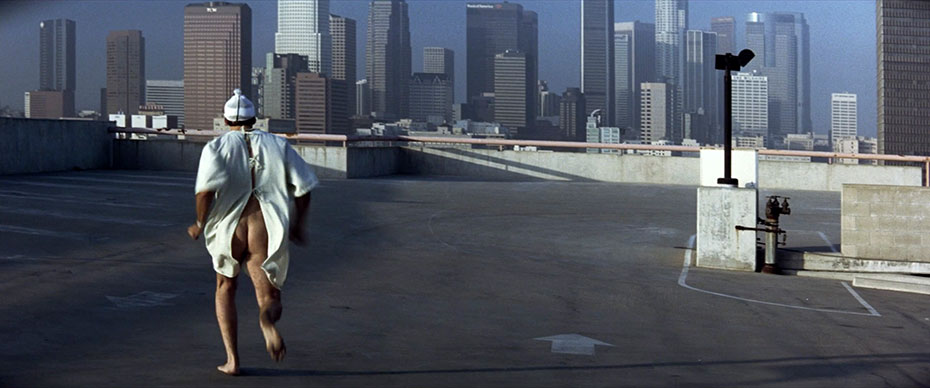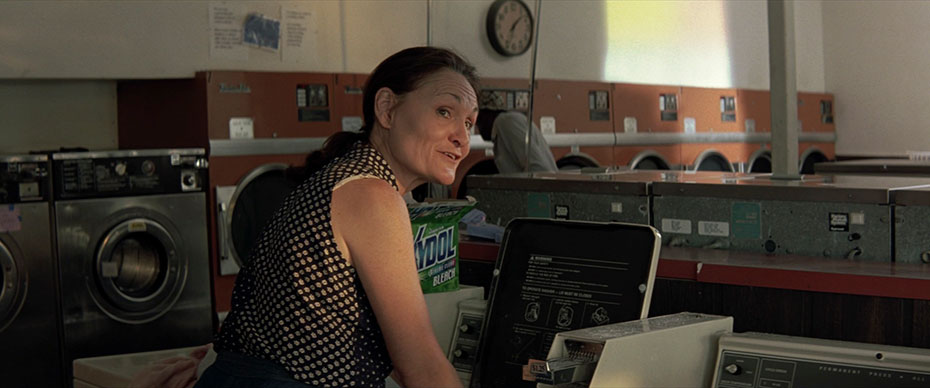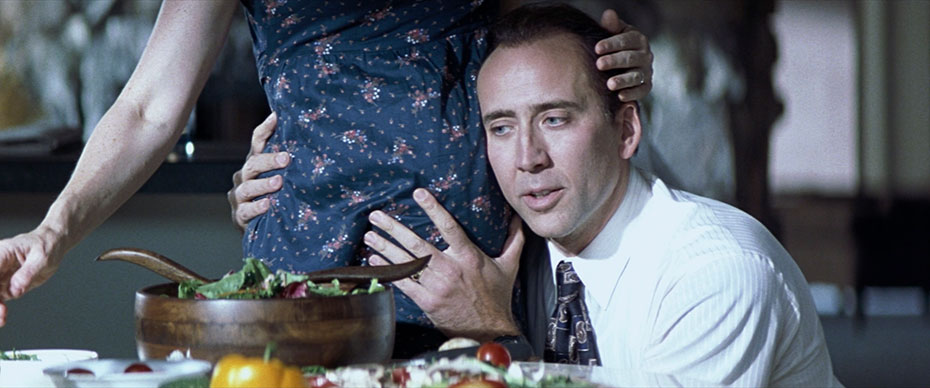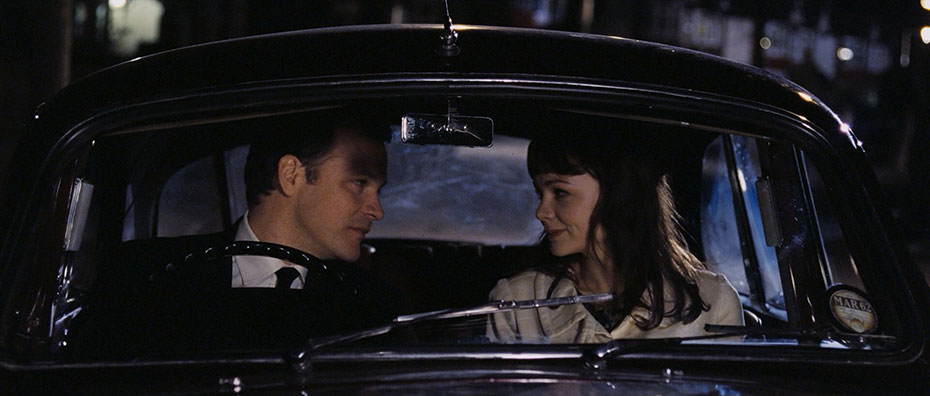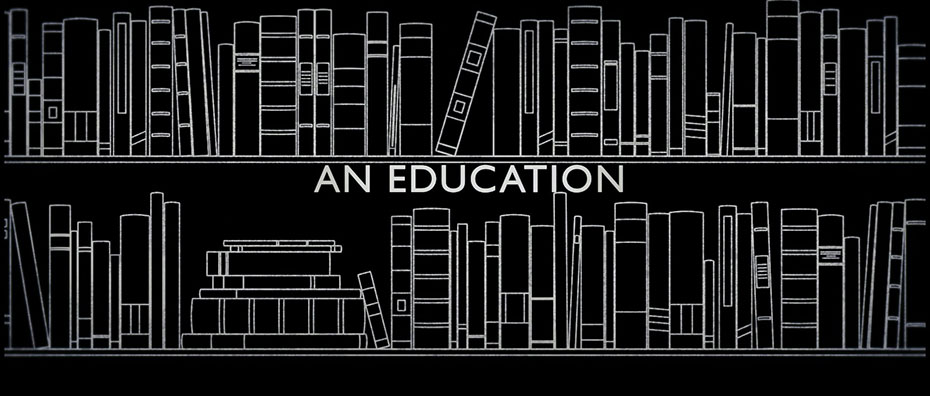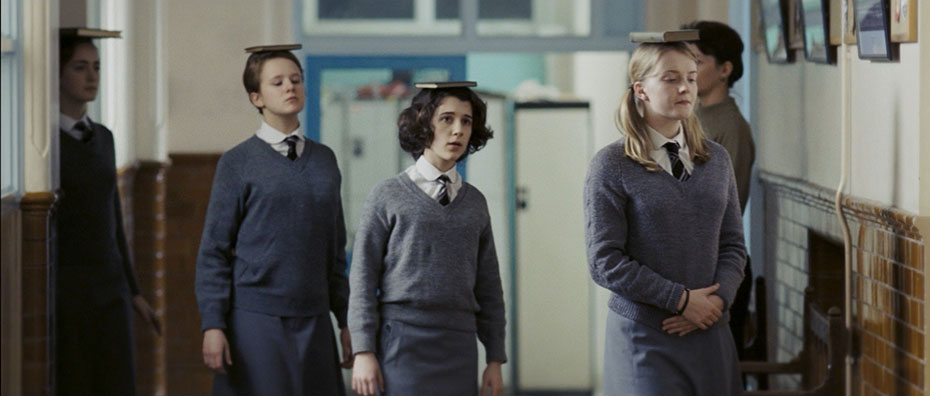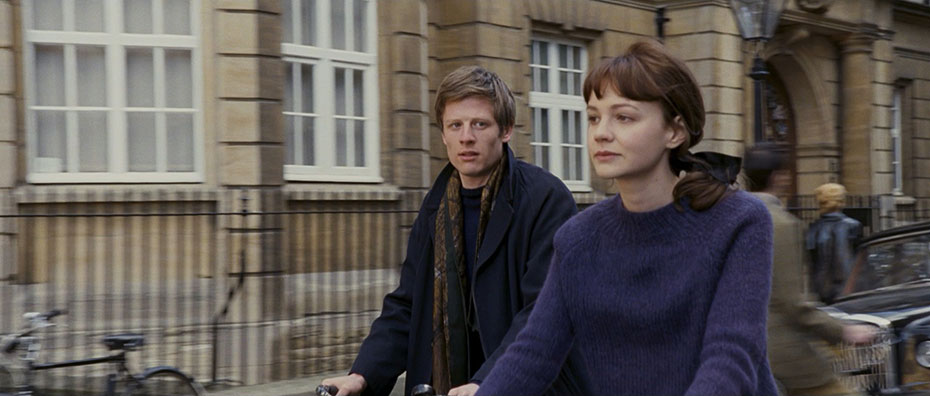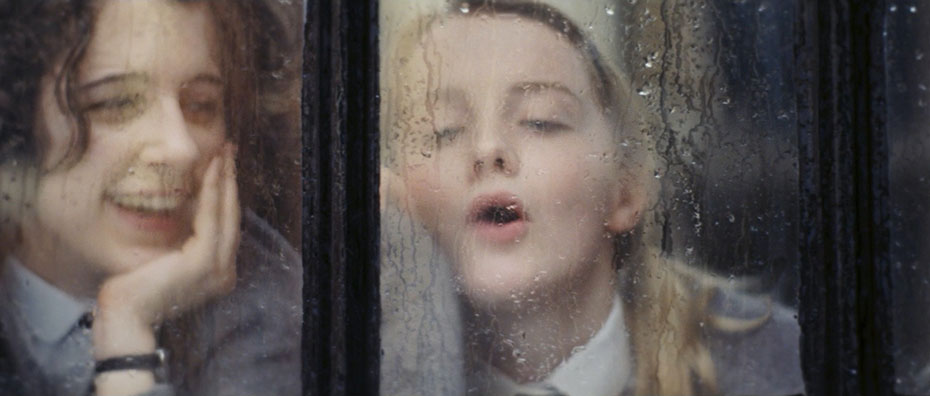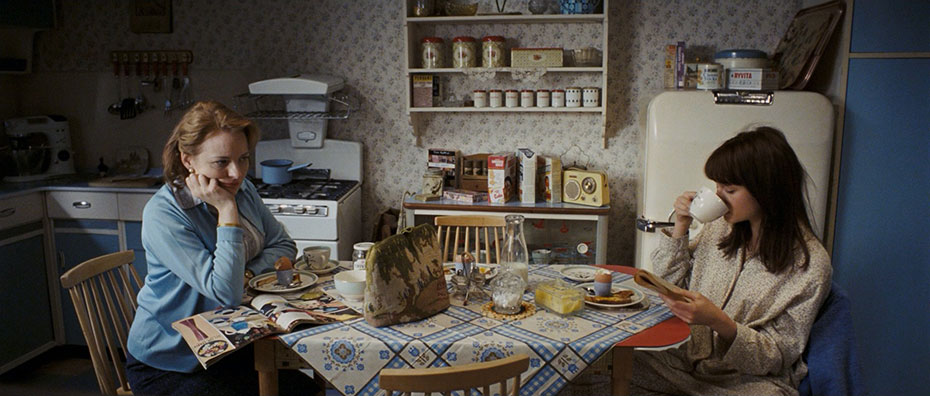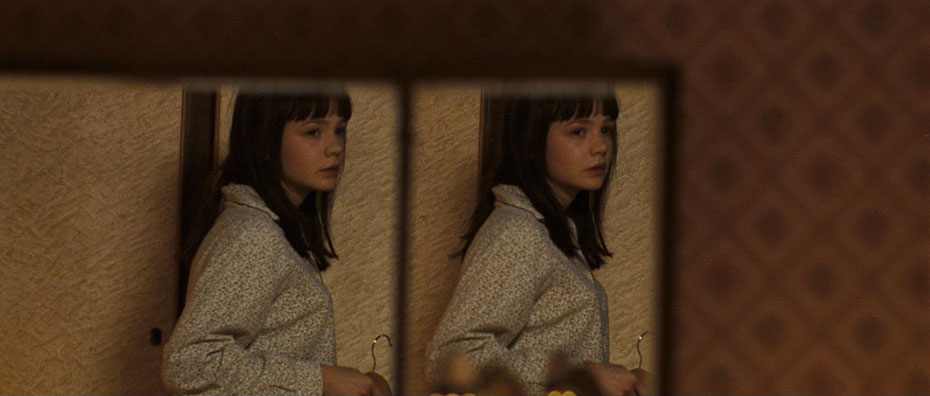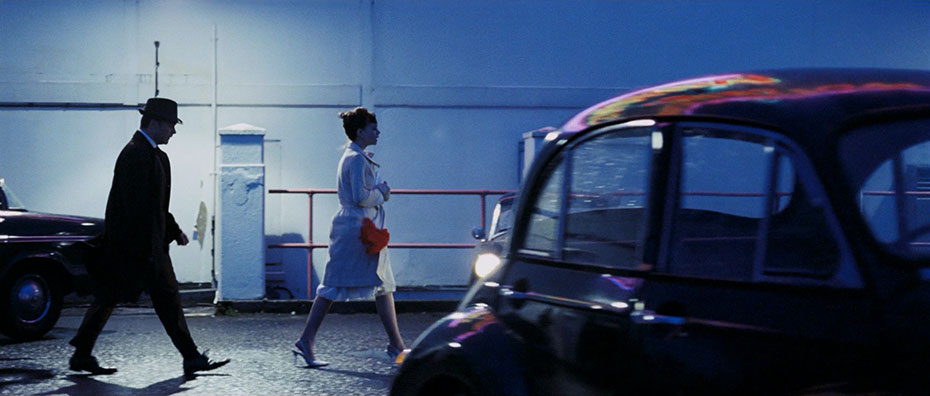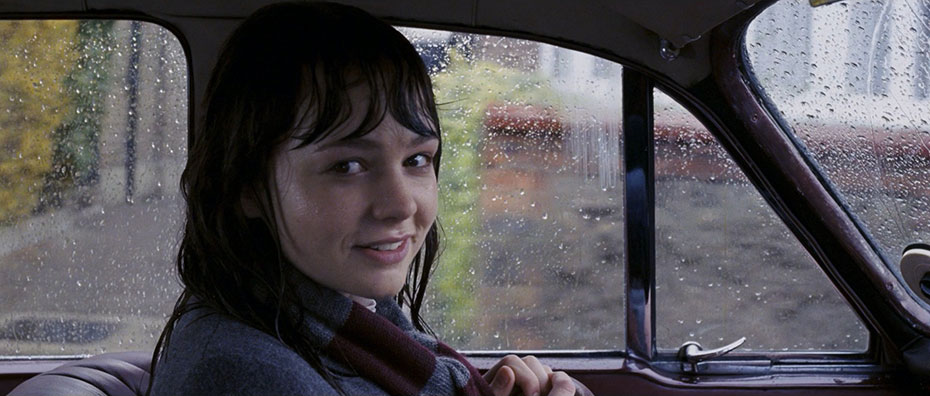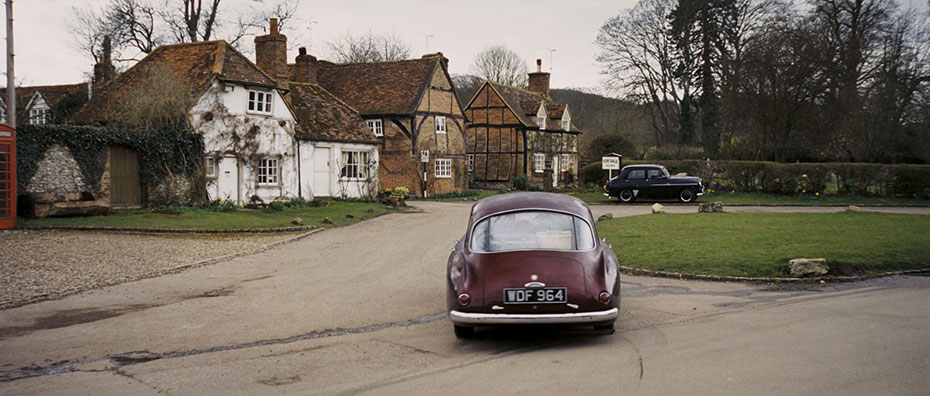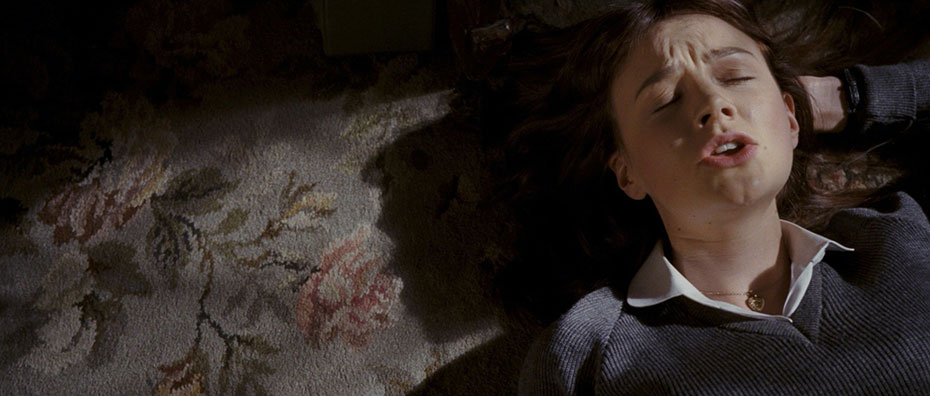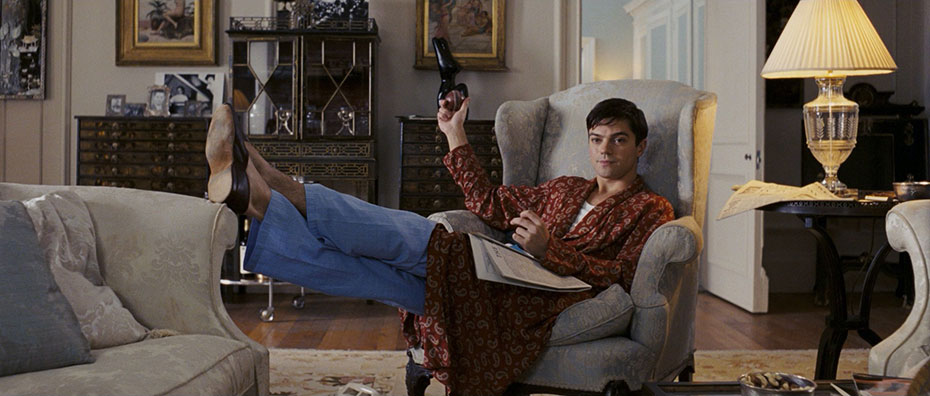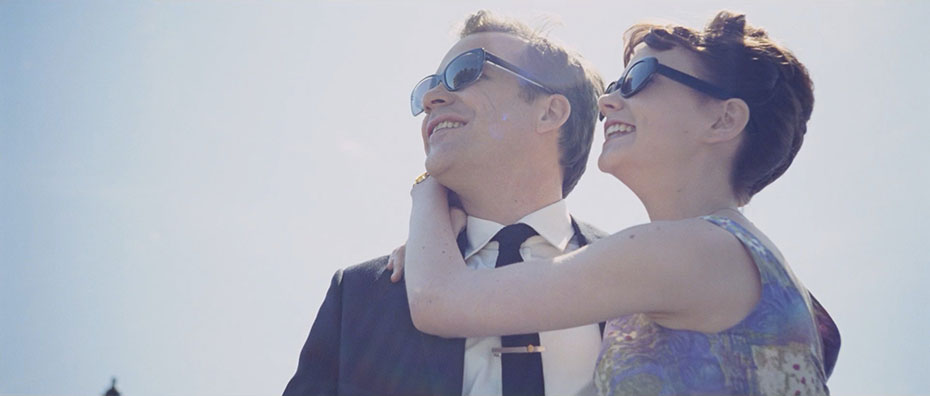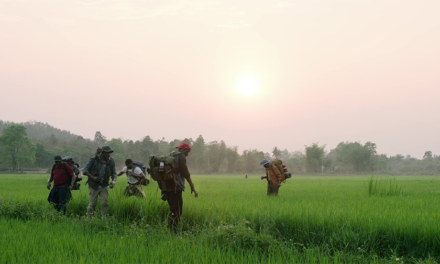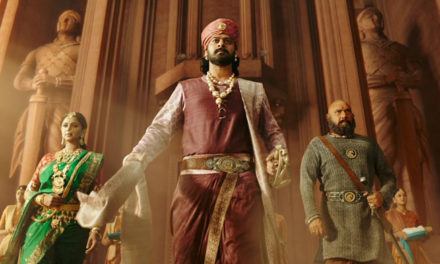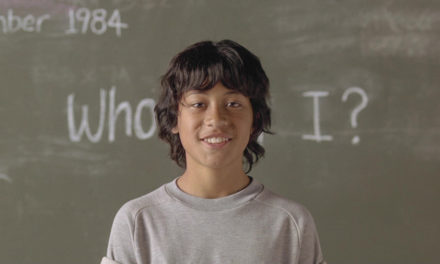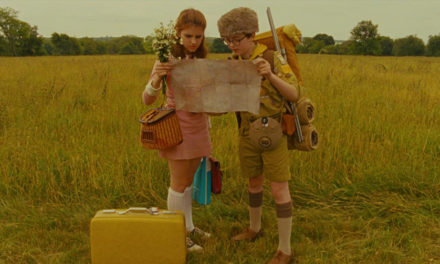THE TUESDAY DROP – 7/27
07.27.21 / New Shots
Terry Gilliam’s eighth feature film, FEAR AND LOATHING IN LAS VEGAS, is an adventure comedy-drama adapted from Hunter S. Thompson’s 1971 novel of the same name. It starrs Johnny Depp and Benicio Del Toro as a journalist and his psychopathic lawyer, who travel to Las Vegas and become involved in a series of psychedelic escapades. Fear and Loathing in Las Vegas was not a financial success upon its release, but went on to become a cult classic of 90’s American cinema. Gilliam worked on the film with Italian cinematographer Nicola Pecorini. This was their first collaboration, but they have since worked together on 5 more features. Pecorini and Gilliam decided from the outset that they wanted to visually capture the effects of drugs in a way that didn’t resort to surrealism. Instead, Pecorini created a different shooting style to capture the effects of each of the five drugs taken in the film. For Diethyl Ether, they shot with a very shallow depth of field to lose definition of the environment around the characters. For Adrenochrome, they moved in closer with the lens to give a sense of claustrophobia. For Mescaline, they used flares and played with color temperature. For Amyl Nitrite, they played with the iris during shots. And for LSD, they shot with a very wide lens to show the characters’ expanded consciousness
SOUND OF METAL (2020)
Darius Marder’s debut feature, SOUND OF METAL, is a drama following a heavy metal drummer whose life is thrown into chaos when he begins to lose his hearing. The film stars Riz Ahmed and Olivia Cooke. Sound of Metal was nominated for 6 Academy Awards, winning for Best Editing and Best Sound. The film was noted for its inventive use of sound design both during production and in post-production. Marder would have Ahmed wear a small earpiece throughout the shoot, manipulating the sounds he was hearing in real time to create a sense of spontaneity and realism in his experience of losing hearing. Marder worked on Sound of Metal with Dutch cinematographer Daniel Bouquet. Bouquet and Marder wanted the visual language of the film to give space for the sound design to take centre stage, often talking about the “sound perspective” of the film. Inspired by films such as Andrea Arnold’s Wuthering Heights, they opted to shoot on 35mm, 2-perf film in a reserved and natural manner. With just 24 days to shoot the film, this visual language also allowed Bouquet to move quickly. This was especially important for the film’s concert scenes, which were all shot on one location in the same day, with different production design elements used to distinguish scenes.
WAVES (2019)
WAVES is a 2019 drama written and directed by Trey Edward Shults. It follows a family living in South Florida as they navigate their individual and collective lives in the aftermath of a loss. The film stars Kelvin Harrison, Jr., Sterling K. Brown, Taylor Russell and Lucas Hedges. Shults worked on the film with American cinematographer Drew Daniels. The pair previously collaborated on Trisha and It Comes At Night. One of the main decisions that Shults and Daniels made about the visual language of Waves was their use of shifting aspect ratios to mimic the emotional journey of the film. Designed to be a mirrored arc, the film starts in widescreen, and narrows into a tighter aspect ratio as the protagonist’s inner world becomes increasingly fraught. As the film moves towards its conclusion, the aspect ratio opens up again. The camera movement was also designed to follow this journey. The free-flowing opening, marked by moments such as a 360 degree pan inside a car, gives way to a more static camera, before eventually freeing itself up again.
THE HIDDEN FORTRESS (1958)
Akira Kurosawa’s 1958 jidaigeki (Japanese period film, often set in the Edo period) adventure movie THE HIDDEN FORTRESS follows two peasants who agree to escort a man and a woman across enemy lines in return for gold, without realising that the man is a general and the woman is a princess. The film stars Kurosawa’s frequent collaborator Toshiro Mifune as the general. The Hidden Fortress is a classic of Japanese cinema and has had a major influence on filmmakers all over the world. For example, the plotlines of the characters C-3PO and R2-D2 in the Star Wars films were inspired by The Hidden Fortress. Filmed by cinematographer Kazuo Yamazaki, The Hidden Fortress is notable for being the first film of Kurosawa’s shot in widescreen (known in Japan as TohoScope). With kinetic use of the frame and reliance on focal lengths longer than those typically utilized for the format, Kurosawa and Yamazaki crafted a visual language for widescreen photography that remains one of the most influential in movie history.
APOLLO 13 (1995)
APOLLO 13 is a biographical space drama directed by Ron Howard and starring Tom Hanks, Kevin Bacon, Bill Paxton, Ed Harris and Gary Sinise. The film dramatizes the aborted 1970 Apollo 13 lunar mission. Apollo 13 was nominated for nine Academy Awards, winning for Best Editing and Best Sound. Howard worked on the film with American cinematographer Dean Cundey, who was known for his work on films such as Halloween, Back to the Future and Jurassic Park. Howard and Cundey wanted to make their production as authentic as possible, without using any footage from the original mission. Howard worked extensively with production designer Michael Corenblith to recreate the spacesuits, props and sets in painstaking detail. Howard even filmed the moments where the astronauts were weightless in true zero gravity – flying a KC-135 airplane in a parabola to create around 23 seconds of weightlessness, during which time they filmed sequences for the movie.
QUEEN OF KATWE (2016)
Mira Nair’s 2016 biographical drama QUEEN OF KATWE depicts the life of Phiona Mutesi (played by Lupita Nyong’o), a young woman living in the Katwe slum of Kampala, Uganda, who becomes a chess champion. Adapted from an ESPN magazine article and book by Tim Crothers, the film premiered at the 2016 Toronto Film Festival. Nair worked on Queen of Katwe with British cinematographer Sean Bobbitt. This was the pair’s first collaboration. Bobbitt was known for his work on Steve McQueen’s films 12 Years a Slave, Shame and Hunger, as well as on projects such as The Place Beyond the Pines and Byzantium. Nair, who told the stories of people living in slums on Salaam Bombay!, worked with Bobbitt to ensure the film was truthful without being condescending of its subjects. By filming in Uganda on the sites of the film’s true events, as well as on location in South Africa, they were able to remain faithful to the true story their film was based on. Bobbitt chose to capture Queen of Katwe in predominantly wide-angle lenses, in order to make these real environments as much of a character in the film as the people living in them.
THE OLD MAN & THE GUN (2018)
David Lowery’s 2018 biographical crime film, THE OLD MAN & THE GUN, follows Forrest Tucker (played by Robert Redford), a career criminal and prison escape artist. The film is loosely based on David Grann’s 2003 article in The New Yorker of the same name. The film also stars Casey Affleck, Danny Glover and Sissy Spacek. Lowery worked on the film with American cinematographer Joe Anderson, who had previously worked on Lowery’s set while assisting Bradford Young on Ain’t Them Bodies Saints. Lowery and Anderson decided to evoke the 70’s period of the film by shooting on Super 16mm film. However, they wanted the film to have a more stately quality that could bring out the “twinkle in Redford’s eye”, and not look like a documentary. To achieve this, they chose a slower film stock with very fine grain. Given Redford’s age (he was 81 at the time of production), Lowery and Anderson also had to plan the action sequences of the film very carefully. The pair worked with storyboard artist J. Todd Anderson (who is known for his work with the Coen brothers) to storyboard large sequences of the movie very carefully, ultimately making complex sequences possible on their relatively modest budget.
THE GRAPES OF WRATH (1940)
THE GRAPES OF WRATH is a 1940 drama directed by John Ford, based on John Steinbeck’s 1939 Pulitzer Prize-winning novel of the same name. It stars Henry Fonda and Jane Darwell as the Joads, the father and mother of an Oklahoma family who become migrant workers in California after losing their farm in the Great Depression. The film was one of the first 25 selected for preservation in the US National Film Registry by the Library of Congress, and is widely considered to be one of the greatest films of all time. Ford worked on The Grapes of Wrath with cinematographer Gregg Toland, who would go on to shoot Citizen Kane the next year. Toland wanted the film to place a special emphasis on the faces of its characters, in order to bring people close to the personal struggles of the Joad family. With Ford’s tendency to shoot minimal takes and do minimal rehearsal, Toland went to great lengths to light the actors’ faces in a way that maintained a sense of reality, but accomplished the right look for the film. In one scene where Fonda had to light a match, Toland rigged an improvised light in Fonda’s palm and ran wires under his sleeve and up his arm in order to light Jane Darwell’s face just right.
MATCHSTICK MEN (2003)
Ridley Scott’s 14th feature film, MATCHSTICK MEN, is a dark comedy starring Nicolas Cage, Sam Rockwell and Alison Lohman. It is based on Eric Garcia’s 2002 novel of the same name. The film follows Roy (Cage), a depressed con artist with OCD, and his partner Frank (Rockwell), whose work becomes complicated upon the arrival of Roy’s teenage daughter, Angela (Lohman). Matchstick Men premiered at the 2003 Venice Film Festival. The film was shot by British cinematographer John Mathieson. Mathieson had previously worked with Scott on Gladiator and Hannibal. Mathieson and Scott wanted to avoid the bright and colorful conventions of the studio comedy genre. They decided to shoot the film on 35mm celluloid using anamorphic lenses, and to restrain the color palette to heavy cobalt blue with occasional pops of pink. With a low-key lighting style that blew out exterior scenes, as well as experimentation with shutter speeds during those scenes, Scott and Mathieson were able to convey the agoraphobia of Roy, and bring the audience into the experience of its central character.
AN EDUCATION (2009)
AN EDUCATION is a 2009 coming-of-age drama directed by Lone Scherfig, based on a memoir of the same name by British journalist Lyn Barber. The film stars Carey Mulligan, Peter Sarsgaard, Rosamund Pike and Alfred Molina. An Education was nominated for three Academy Awards – Best Picture, Best Adapted Screenplay and Best Actress for Mulligan. Scherfig worked on the film with British cinematographer John de Borman, who was known for his work on films such as The Full Monty and Miss Pettigrew Lives for a Day. Scherfig was a disciple of the Dogme95 school of minimalist filmmaking spearheaded by Lars von Trier, and brought this philosophy into the approach of An Education. De Borman was very aware of his approach to framing in order to tell the story as simply as possible, and bring us into the perspective of Carey Mulligan’s character with as little excess and with as few shots as possible.

